Sometimes accidents happen. Some accidents can cause water damage to your housing and other property. If you are reading this, you might want to find a solution to a similar problem.
Although water is a standard utility in our houses, some parts of the house are simply not capable of withstanding wet conditions. Homebuilders try to supply water to homes without causing any water damage. When water leaks or damage occurs, it causes ugly stains on the drywall and interior surfaces. It can even cause the drywall to crumble and fall apart in severe cases. Water damage restoration can be a serious job that requires the right equipment and attention to detail. In this article, we look at how to recover from water damage and restore your property.
Make Sure There Is No Safety Hazard
One of the very first things to do in case of water damage is to make sure there is no safety hazard. Stay away from the area where there are electrical wires near the water damage or if there is flooding near electrical equipment. Find the electrical fuse or circuit breaker and turn off the electricity to remove the risk of electric shock or electrocution.
Find And Assess The Leak
Once it is safe, you should find and assess the leak. It is essential to find the leak and see if there is a way to turn off the source of the leak or the water supply. If a pipe is damaged or bursts, a plumber will also need to be called. If the water damage is due to a sewage leak, extra care will be required as sewage can be hazardous to health. Depending on the extent of the water leak or flooding, professional help may be needed to help extract the water from the property.
A Property Restoration Dehumidifier Or Property Restoration Air Mover
Once the immediate threats have been taken care of, it is essential to relax and not feel stressed or scared. The next step would be to calmly look for any valuables and protect them from potential or further water damage.
A property restoration dehumidifier or property restoration air mover can then be used to extract the moisture from the affected area. Depending on the property type, make sure the dehumidifier or air mover is placed appropriately. Some dehumidifiers and air movers can be too loud. Unfortunately, they are needed as they work hard to dry the house. You can also use hygrometers to measure the humidity to ensure the moisture level has been brought down to the desired level.
House Insurance
If you have house insurance, now would be a good time to check if they cover drying costs or not. Some policies also let the affected owners of a water-damaged property stay in temporary accommodation, e.g., a hotel, until the drying work is done if the house is unlivable for any reason. Be careful when some insurance companies avoid accepting your claim. They might just be trying to stop you from filing a lawsuit to save themselves the cost of your claim.
Removal Of The Baseboard Or Drywall
In some cases, the damage could be enough to warrant the removal of the baseboard or drywall to dry out the area thoroughly. Any hidden water or moisture can cause mold to grow, so getting the affected area thoroughly dried out is essential.
Once the area is dry, the damaged walls or paint can be repaired.
- If a damaged part needs to be replaced, you first need to remove it.
- If the drywall is structurally sound, only the stained area can be removed and replaced.
- If the stained area is more significant than 12 inches, it might be better to replace the whole drywall. After measuring the cut area, a new piece can be cut, or the entire drywall is replaced.
Once the affected area has been replaced, it will need to be primed and painted.
- Before starting this step, make sure the area is dry, and the environment is well ventilated. A large paintbrush or paint roller can be used. A small brush can be used for sites that the roller or brush cannot reach easily.
- After the primer dries, apply paint to the wall. Sometimes it’s recommended to use a second coat as well.
- If the environment is humid or has high moisture, try to use a dehumidifier or air mover to help the primer and paint dry.
We hope you found this helpful guide to repairing and restoring water damage. We discussed some steps that should be followed for water damage restoration. It can be a stressful and long process, but following these steps can help cost-effectively restore your house or property.










.jpg)
.jpg)
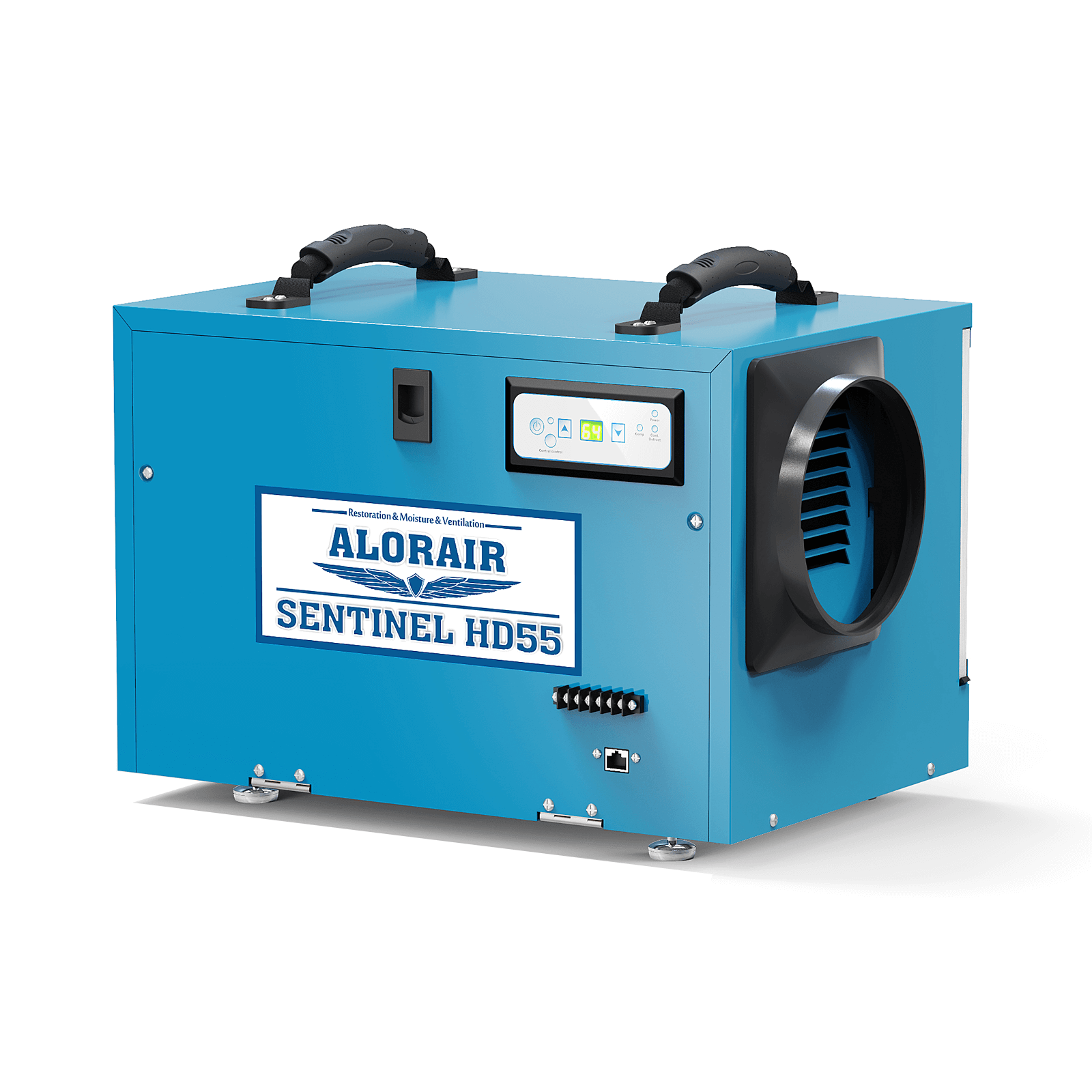
.jpg)
.jpg)
.HDi90.png)
.HD90.png)


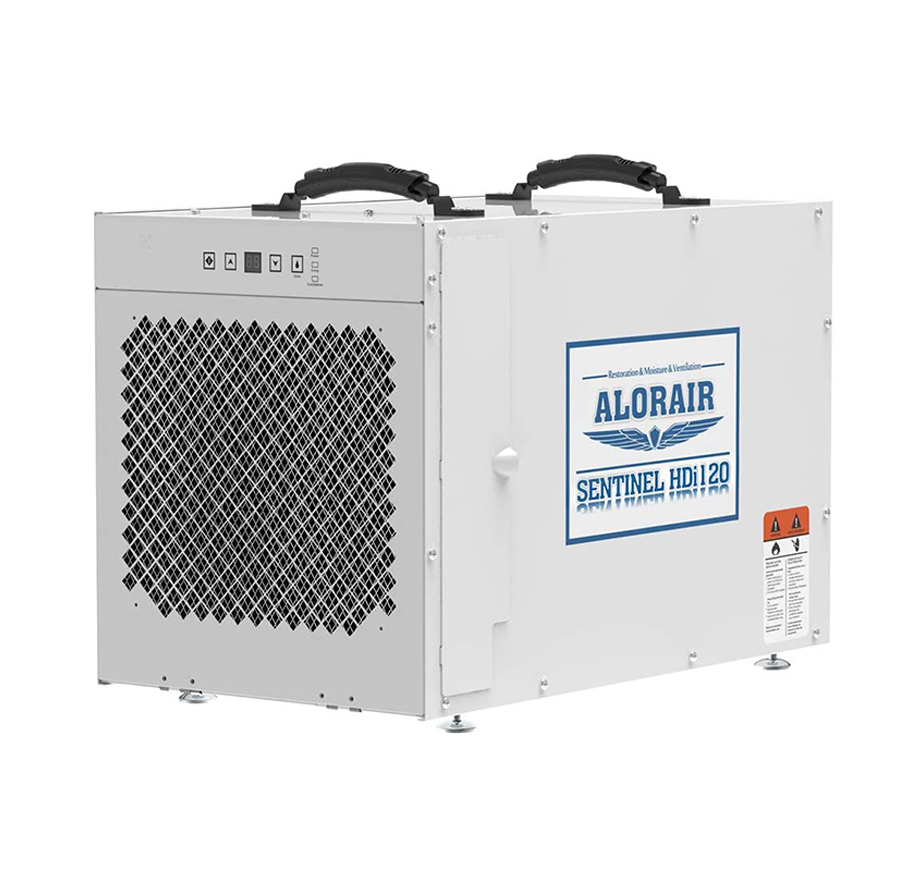






.jpg)
.jpg)
.jpg)
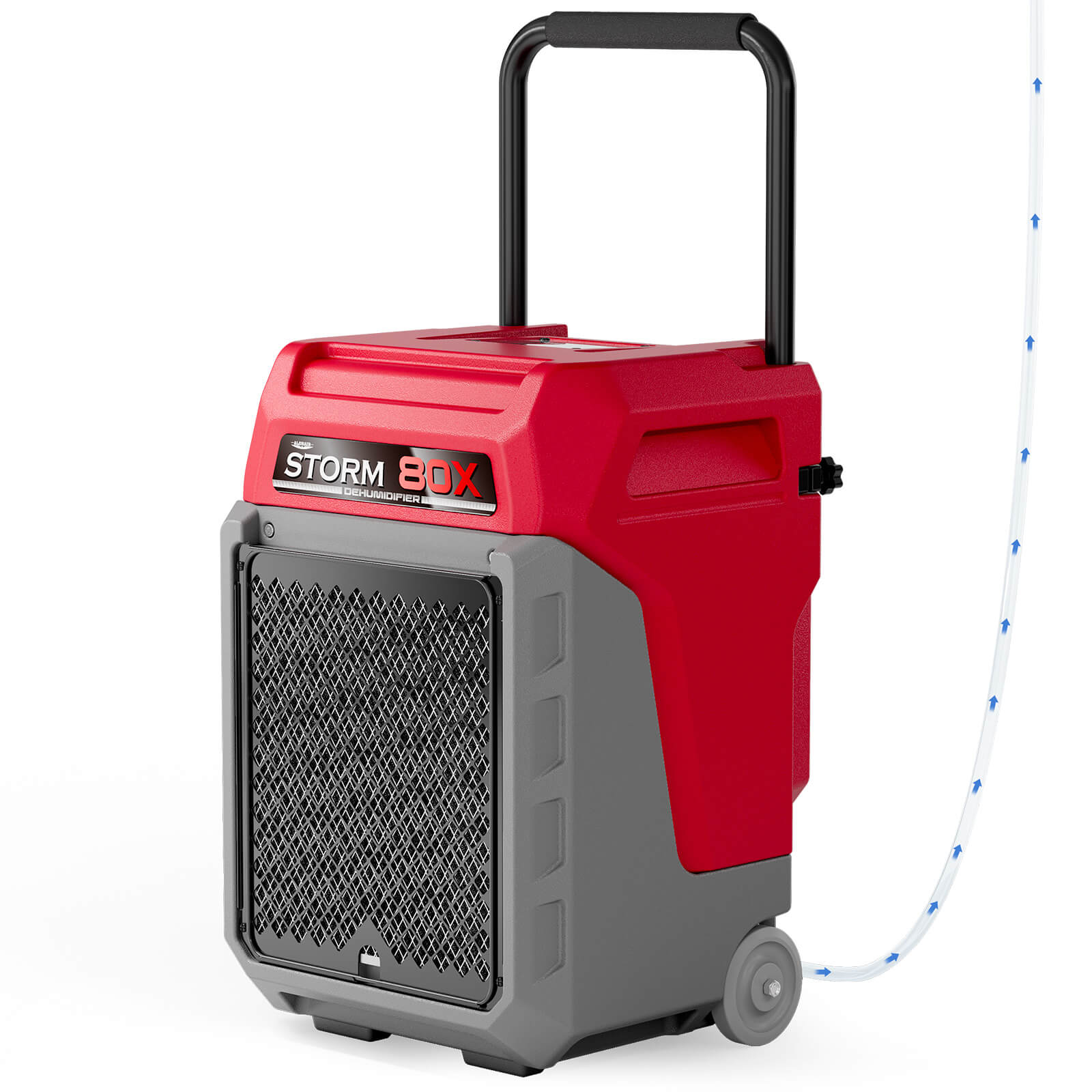

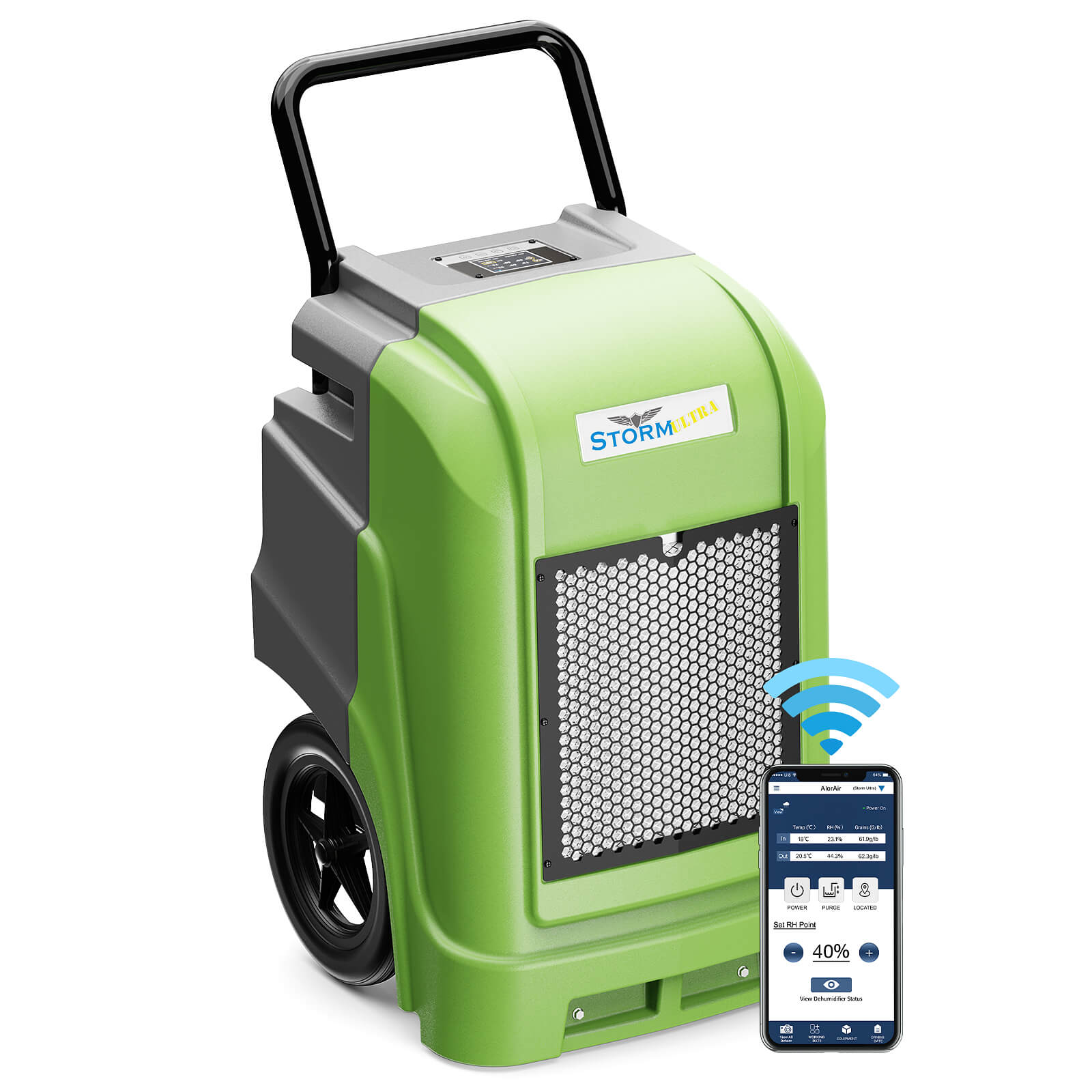
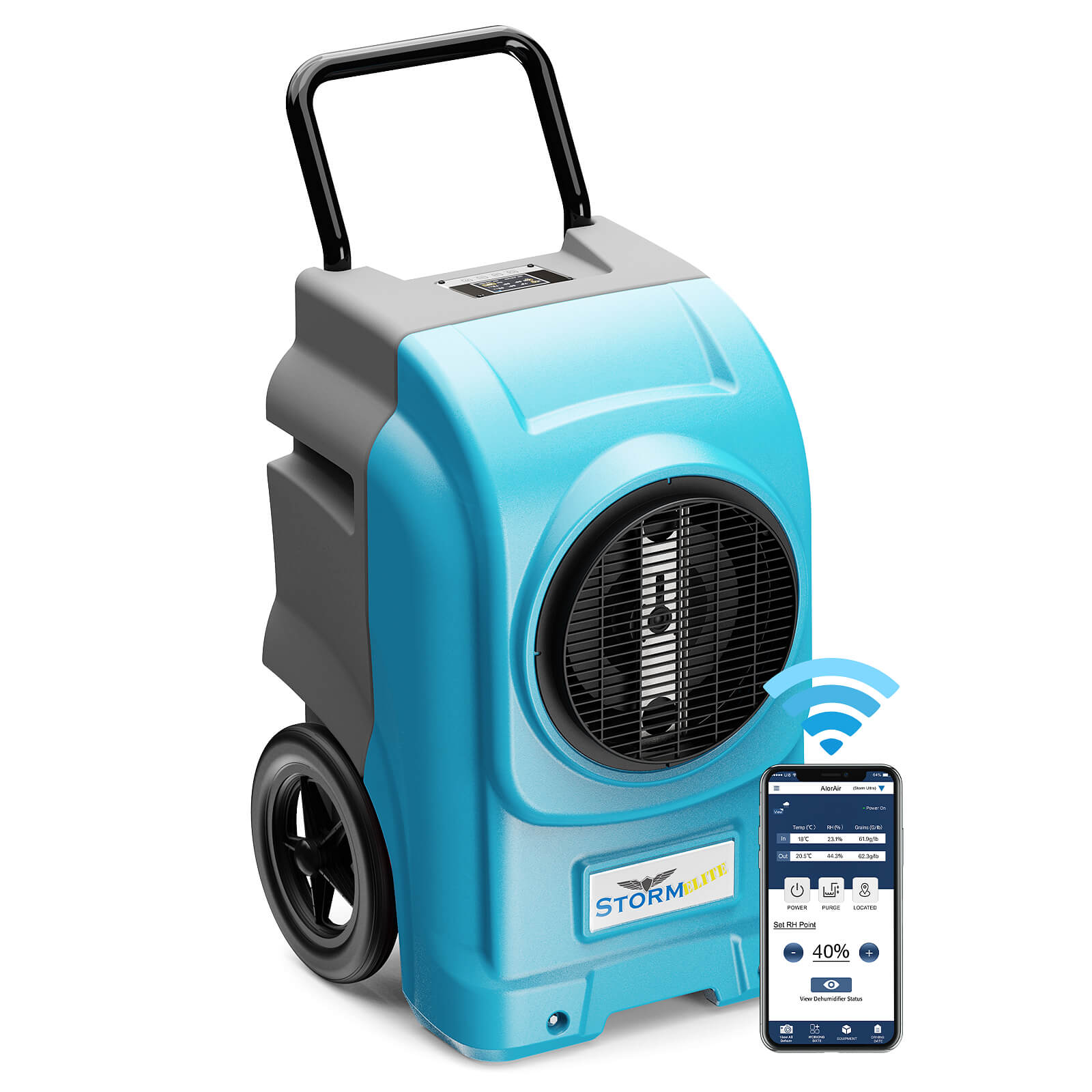
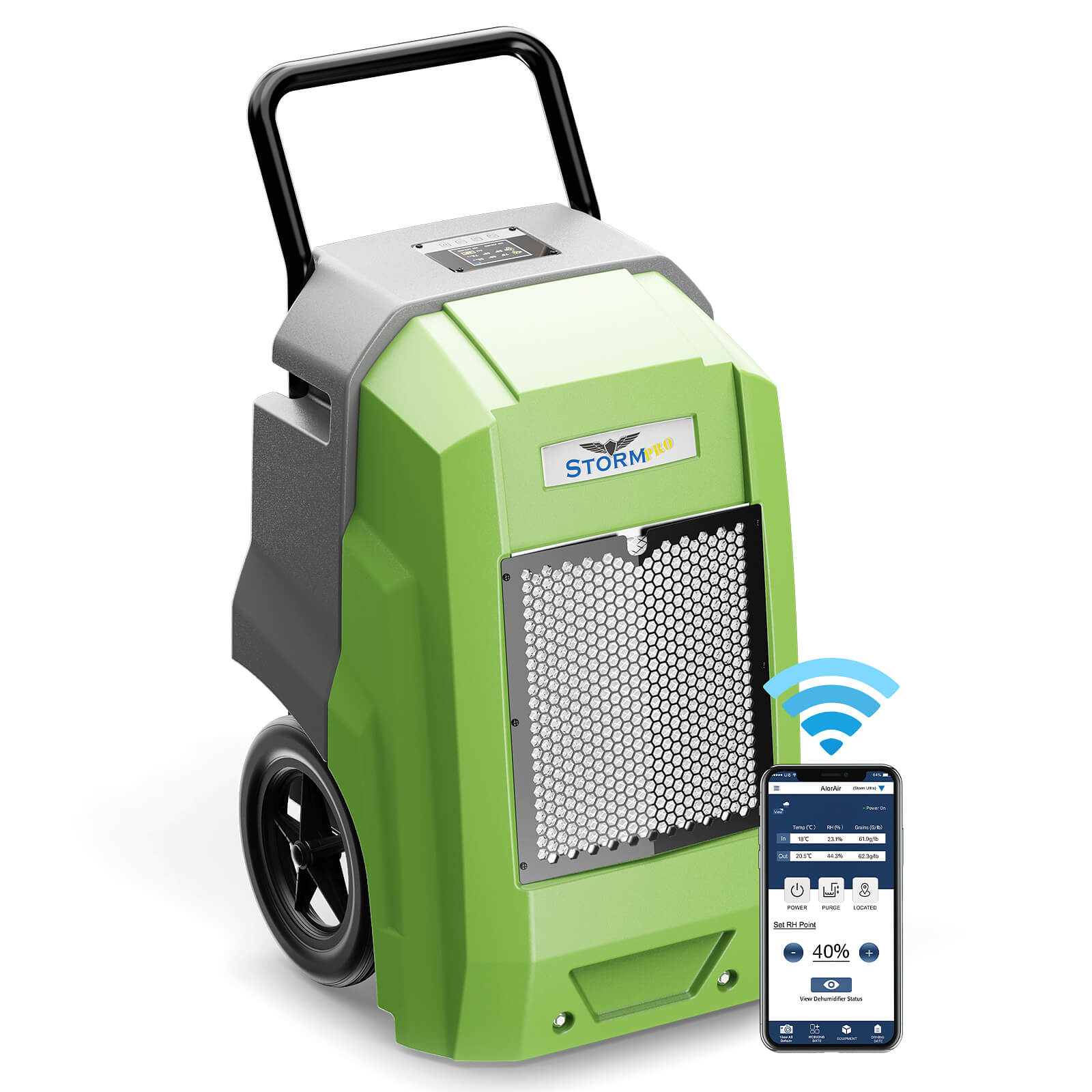
.jpg)
.jpg)
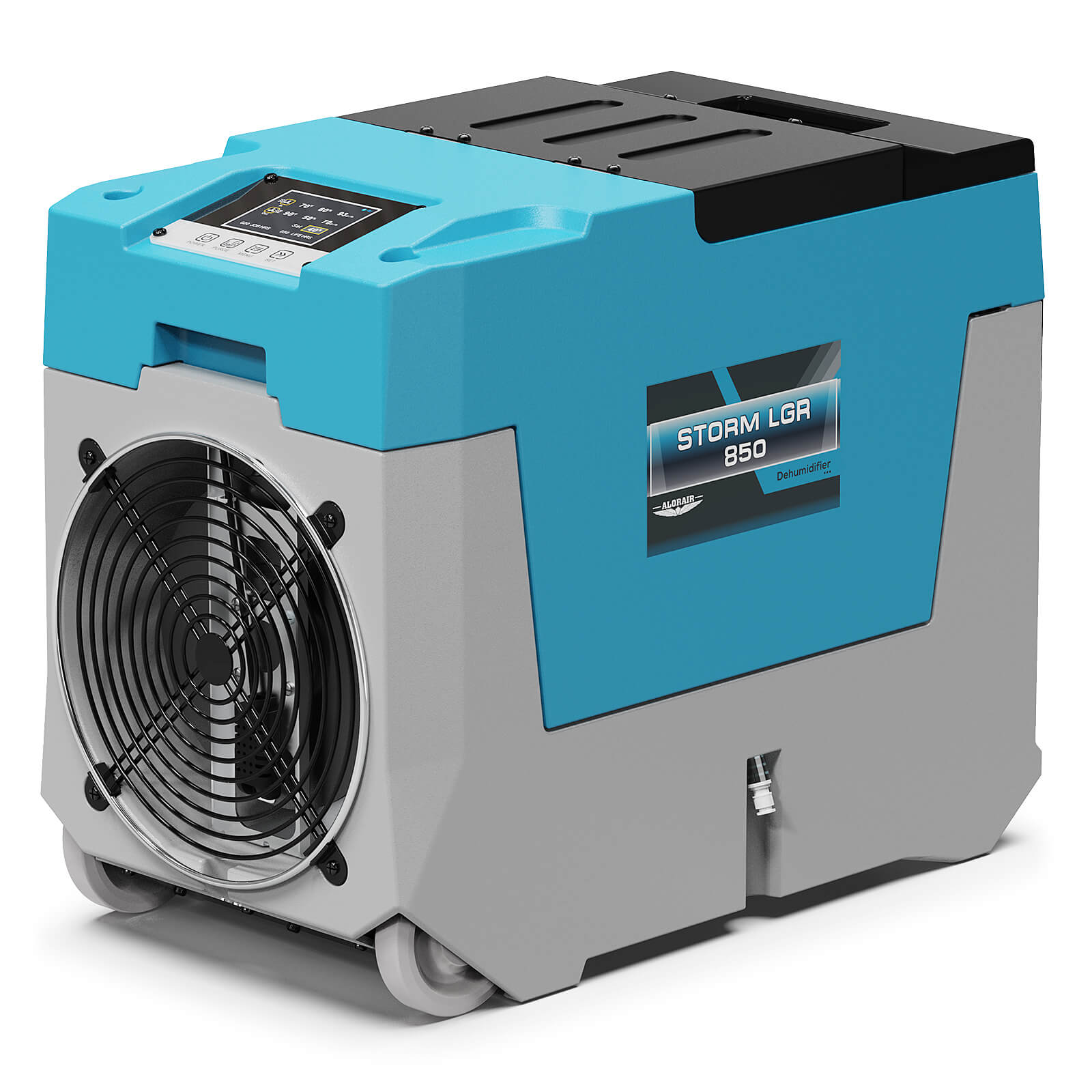
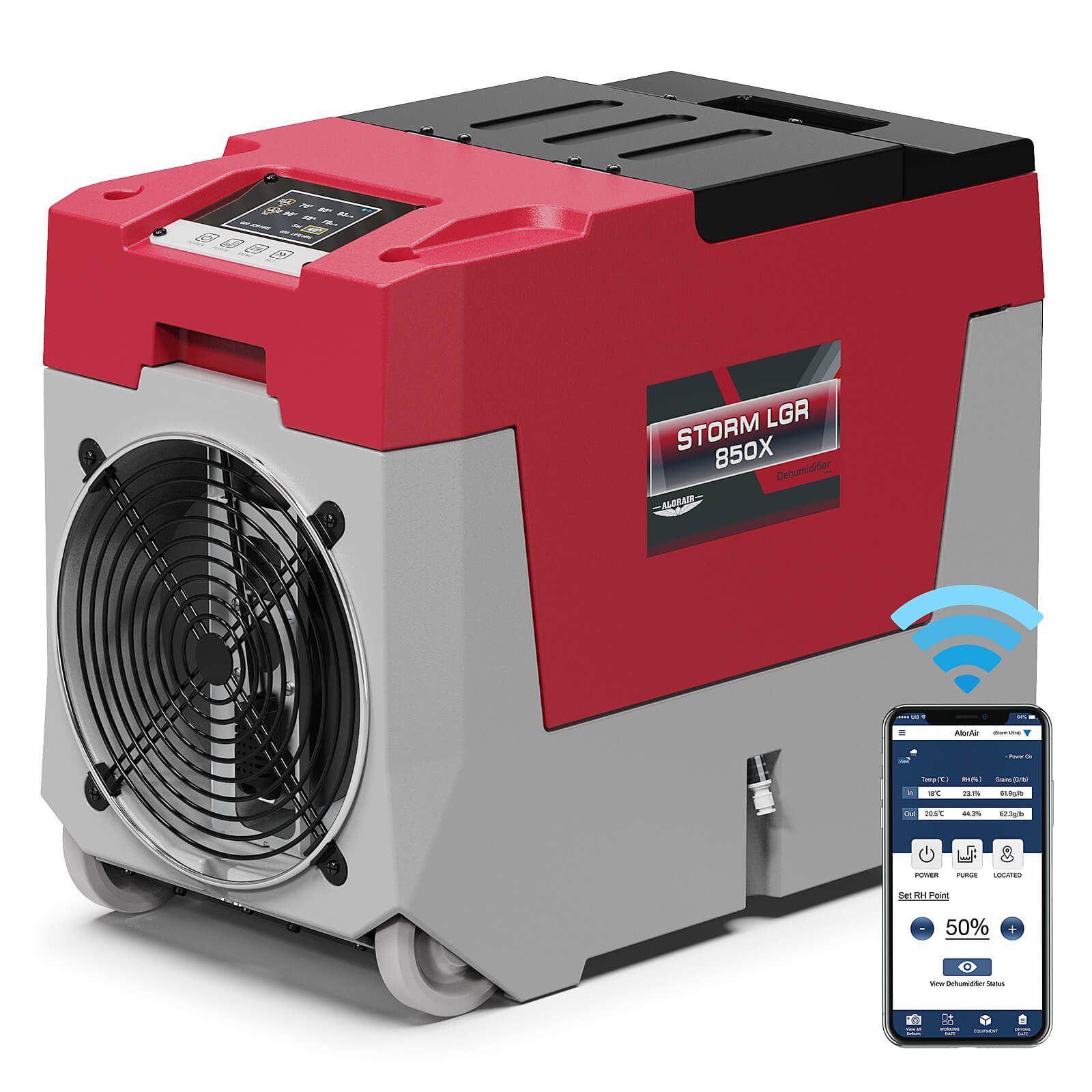
.jpg)

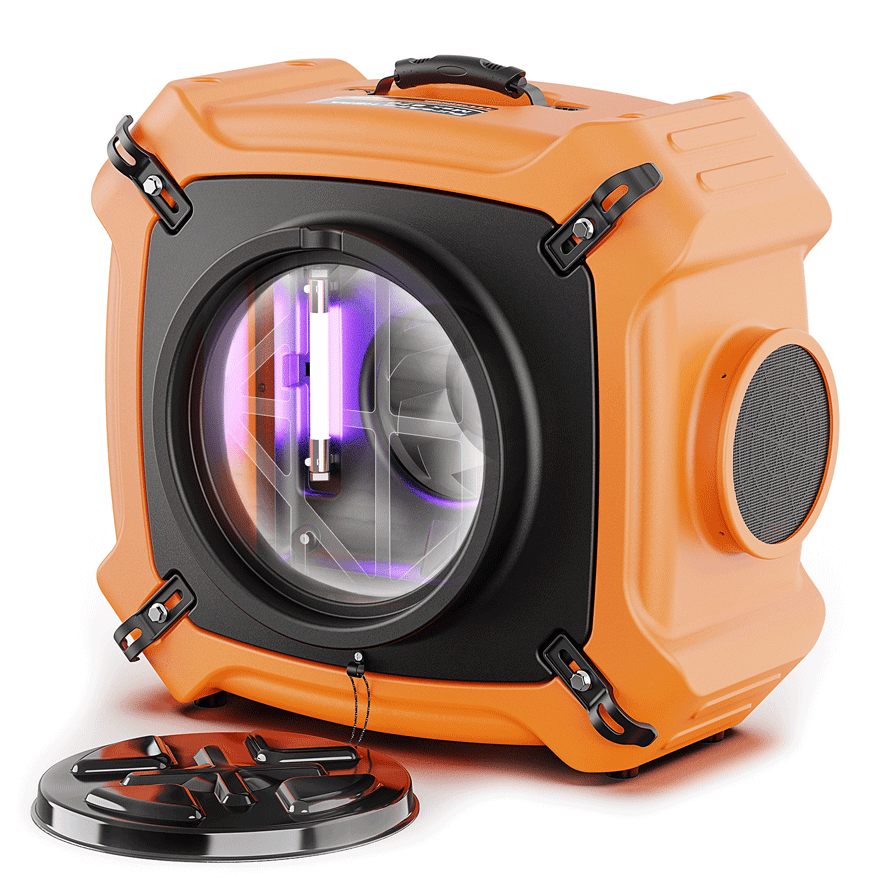
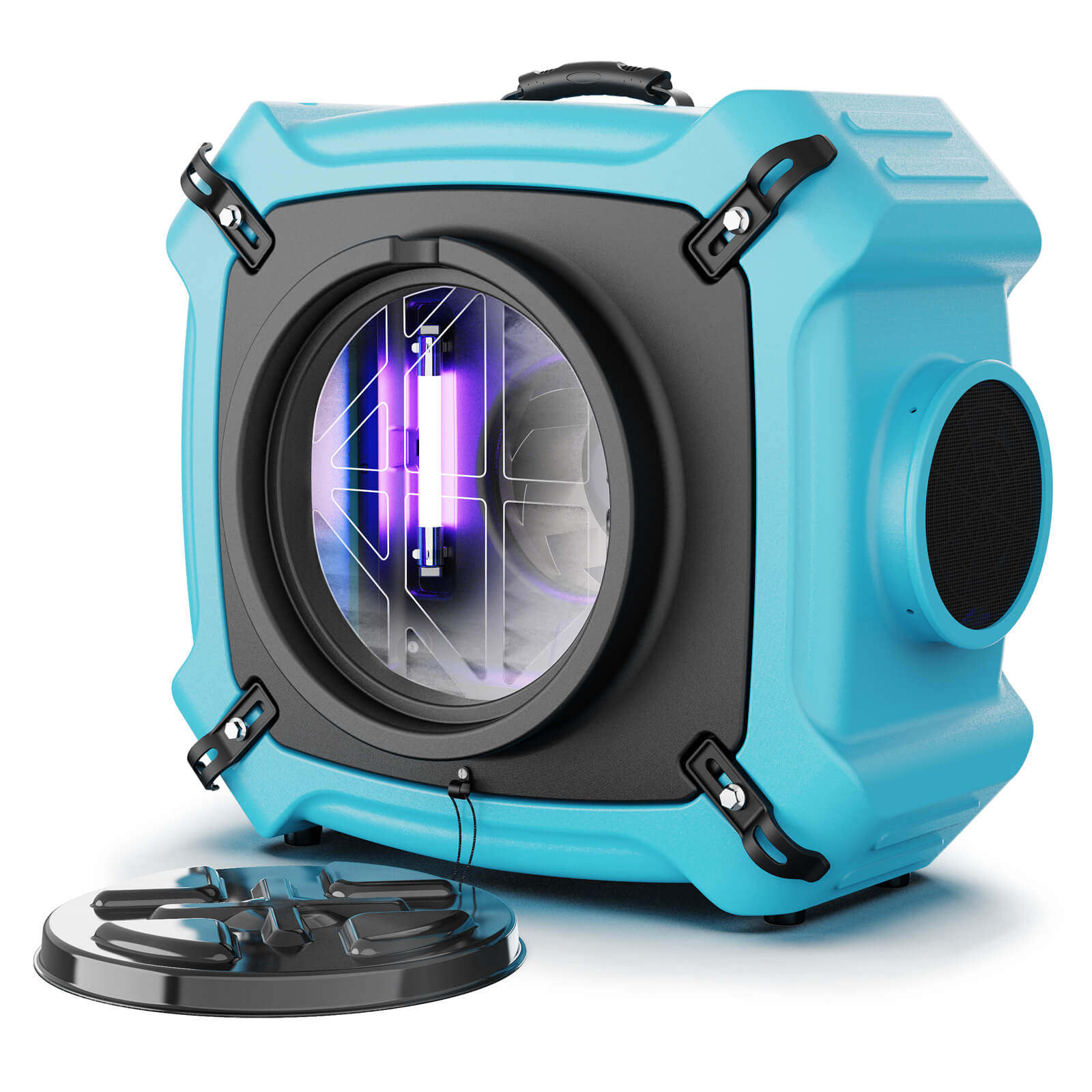
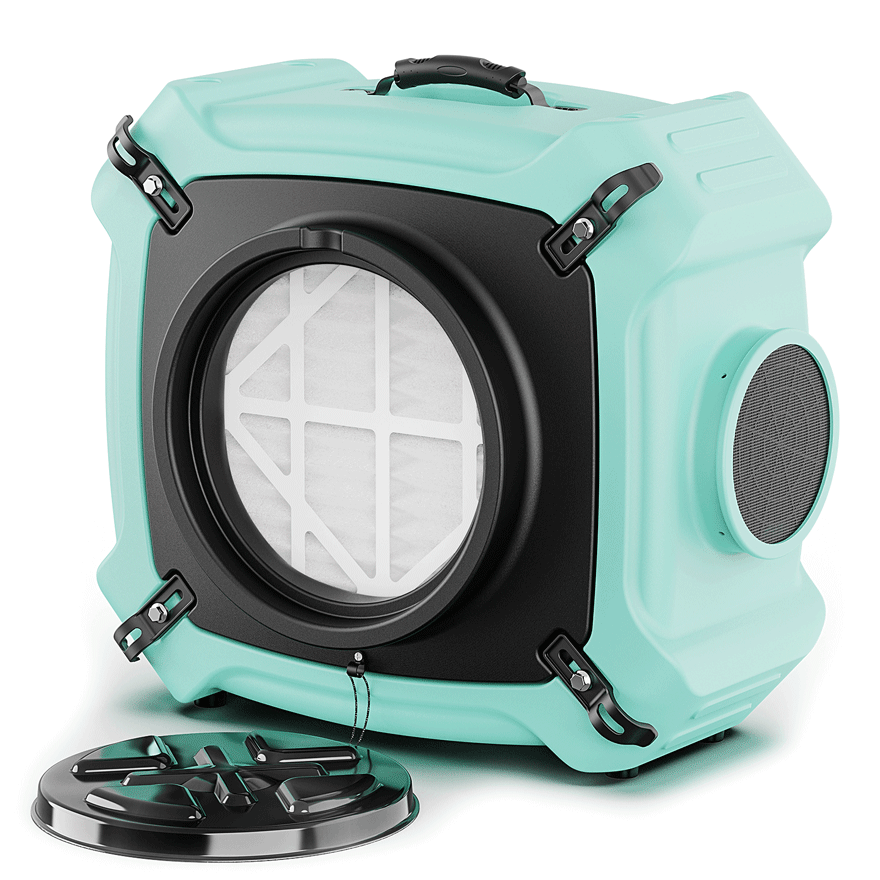


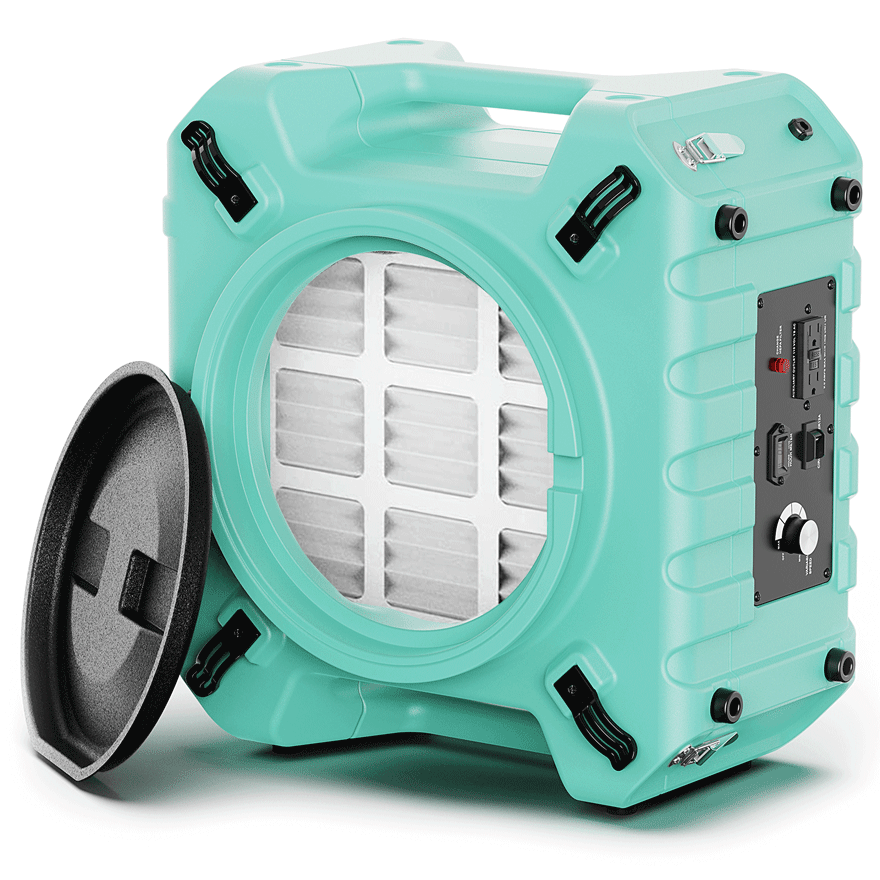

.jpg)
.jpg)
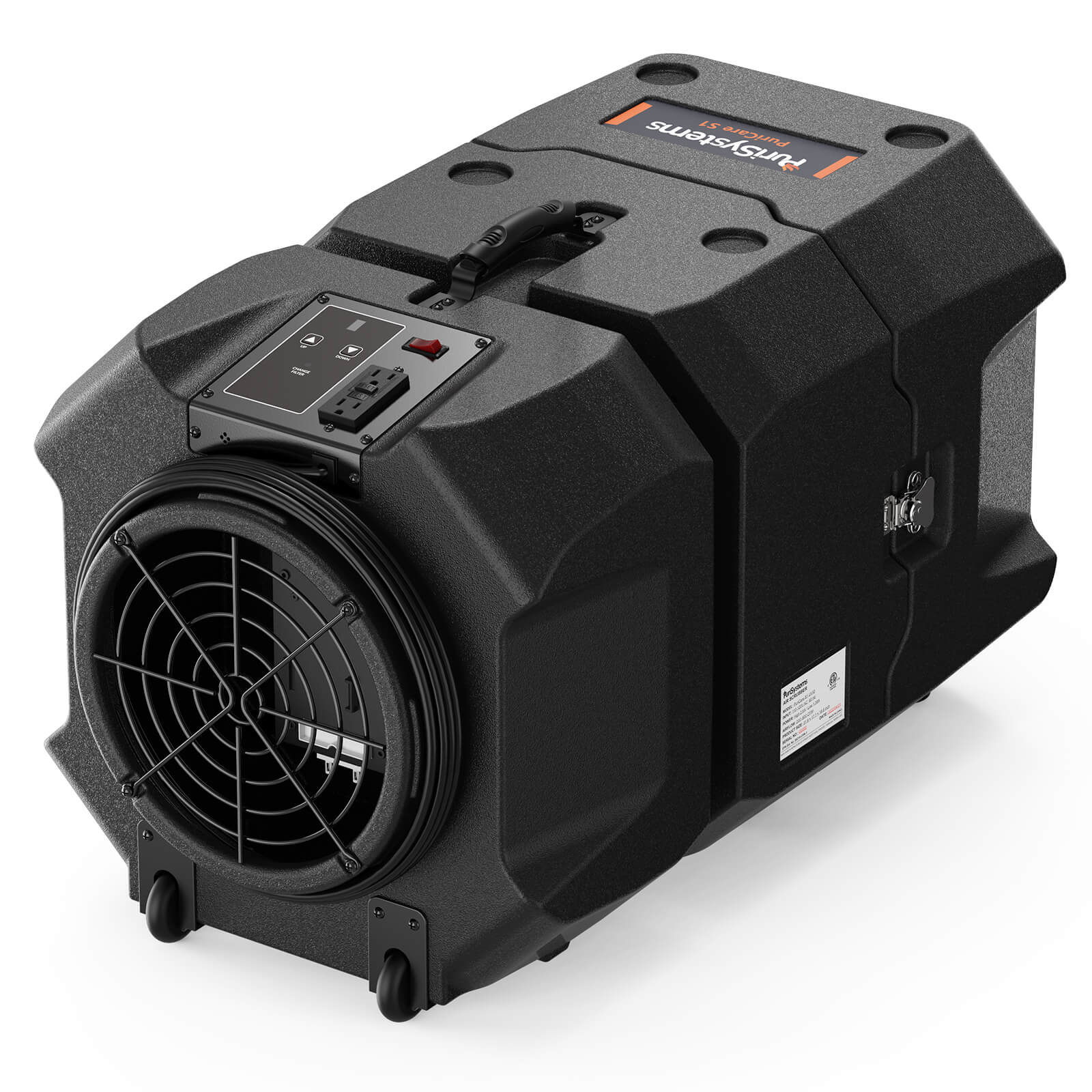




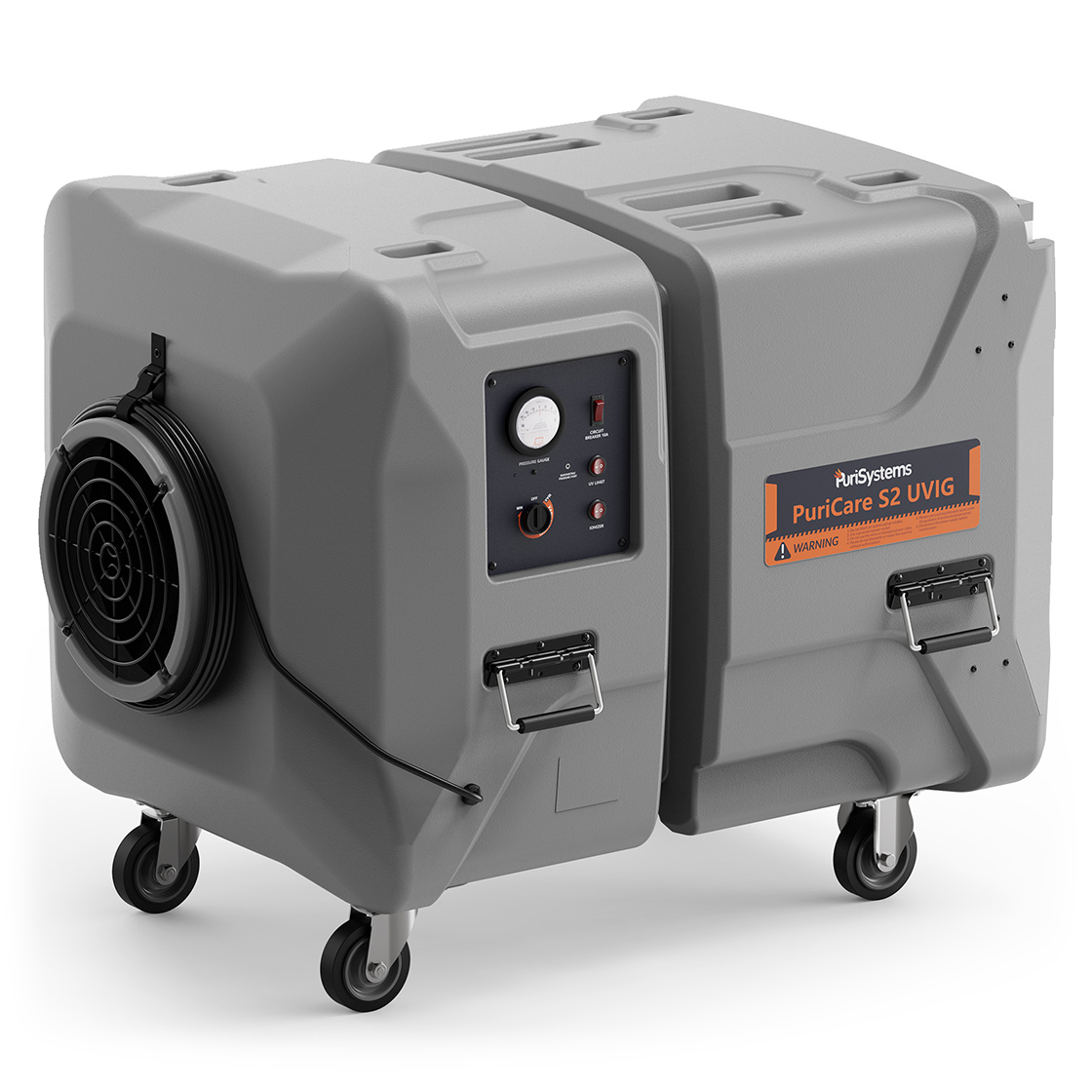

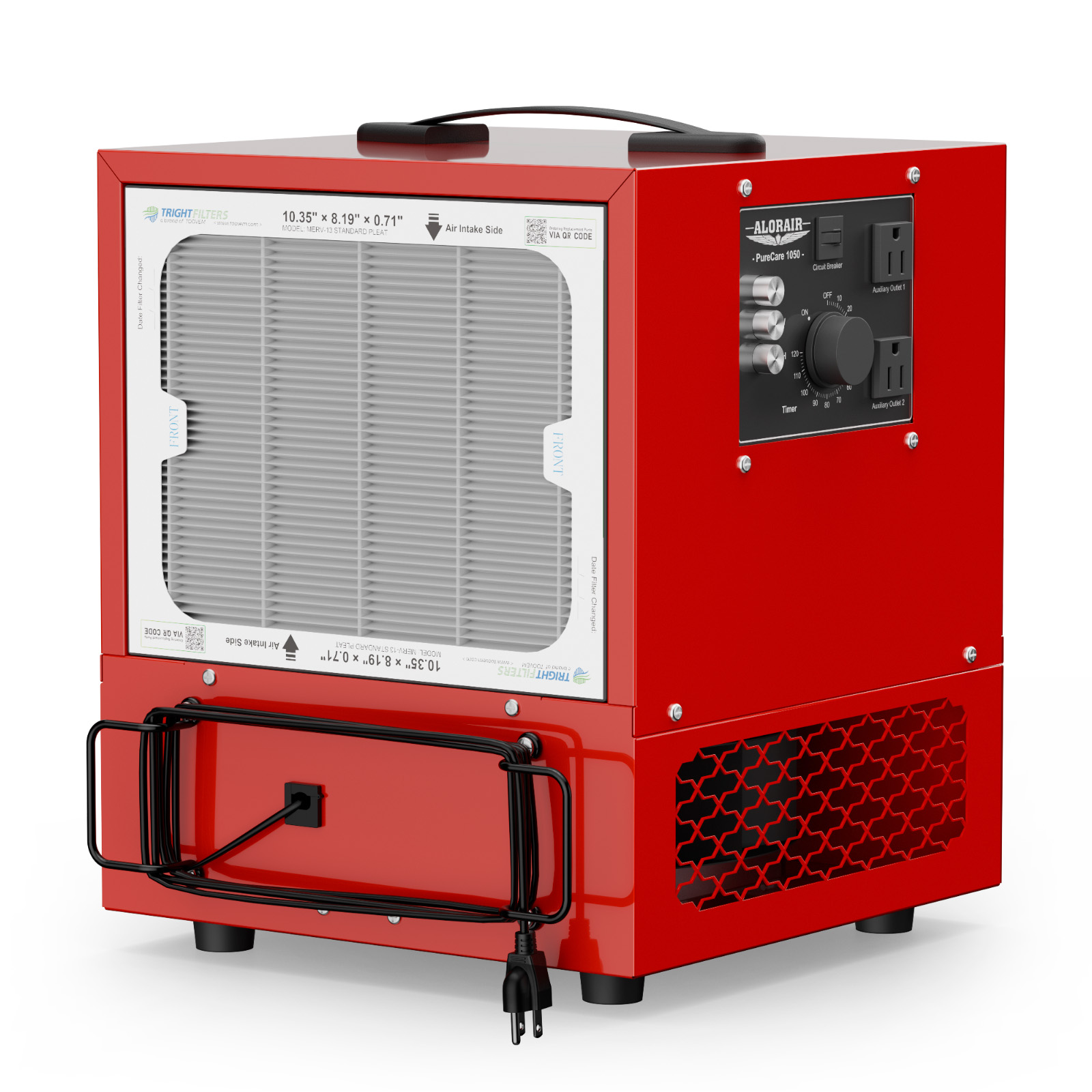
.jpg)
.jpg)
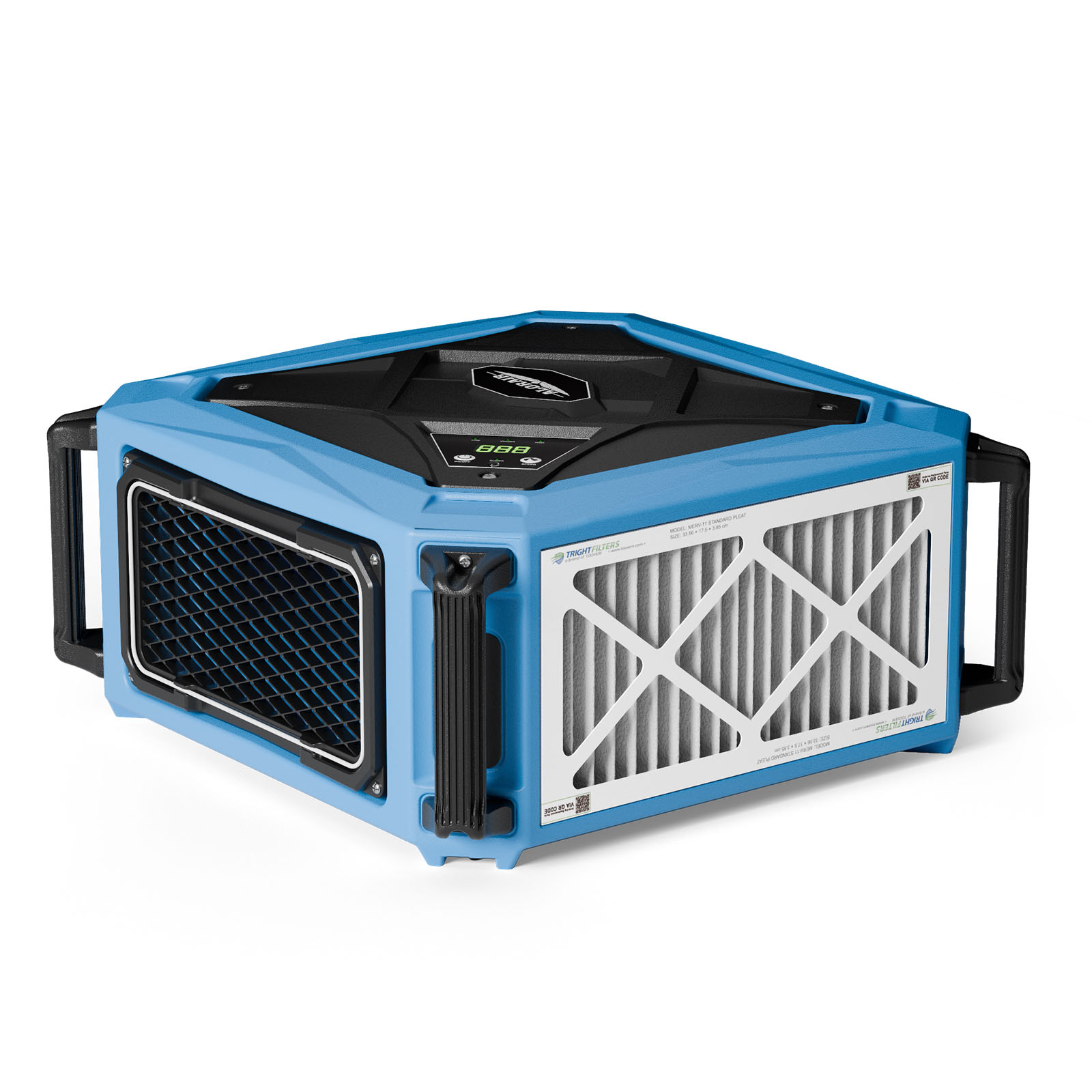

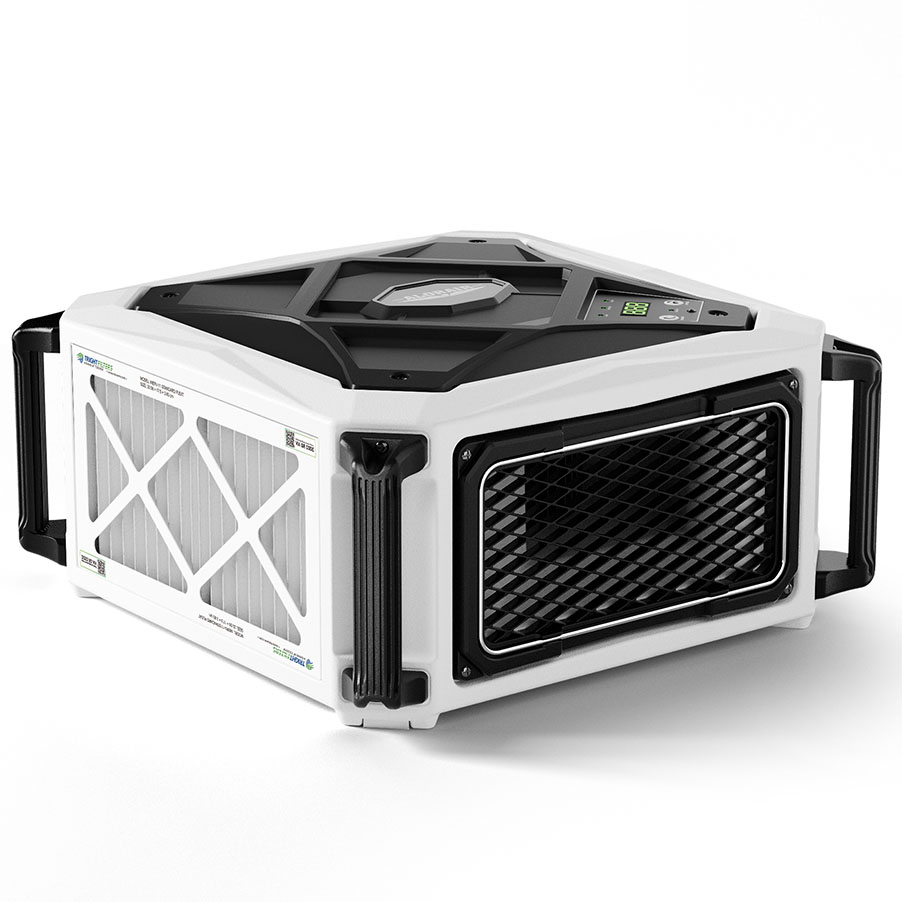
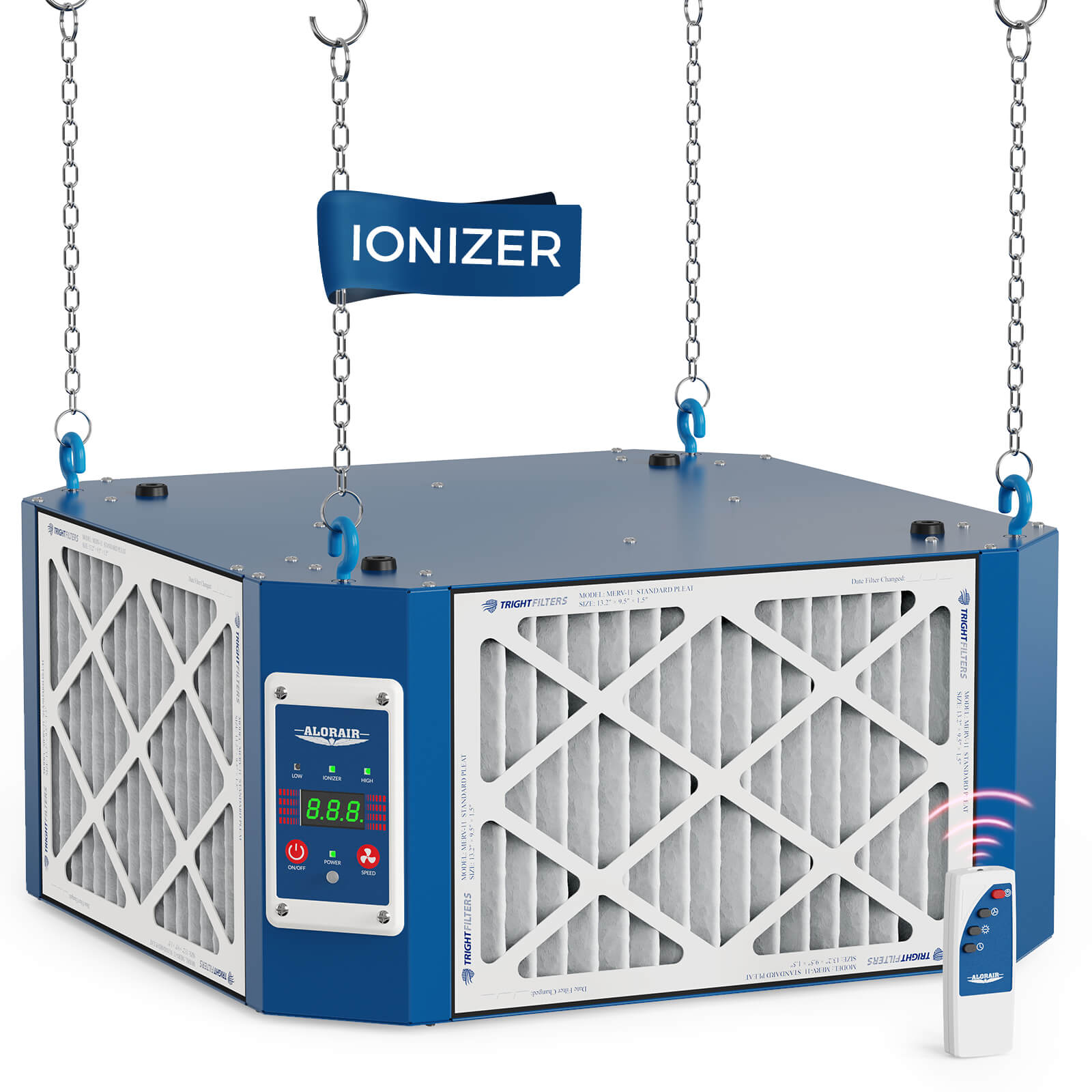
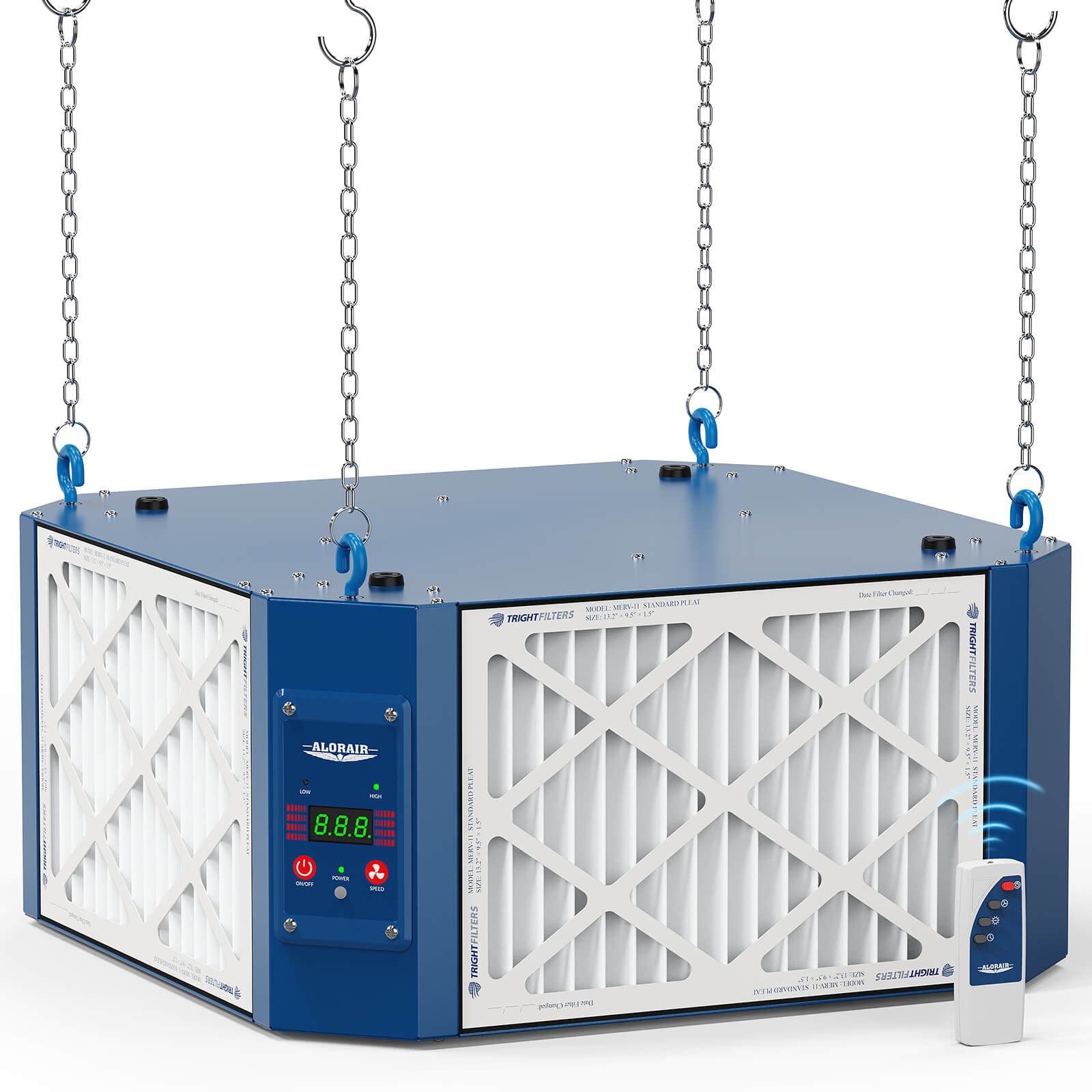


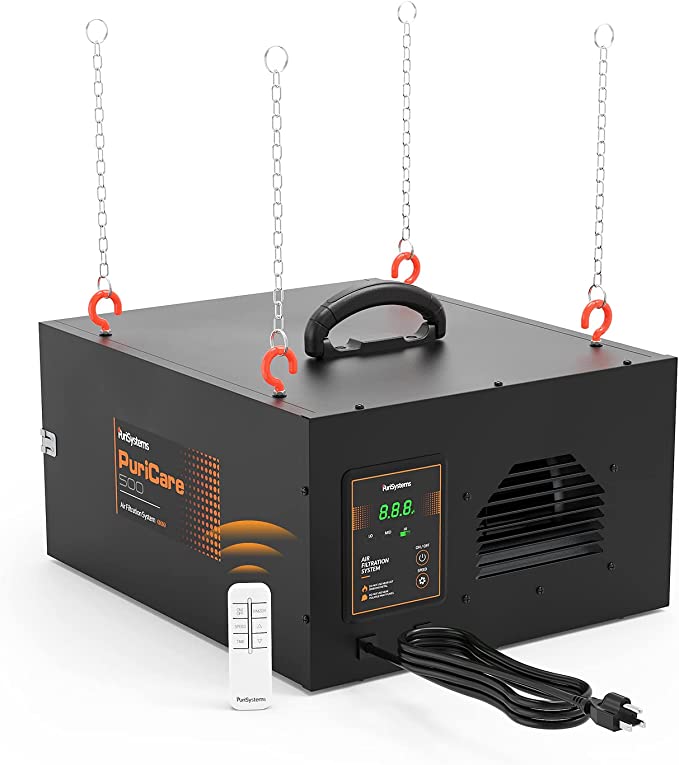


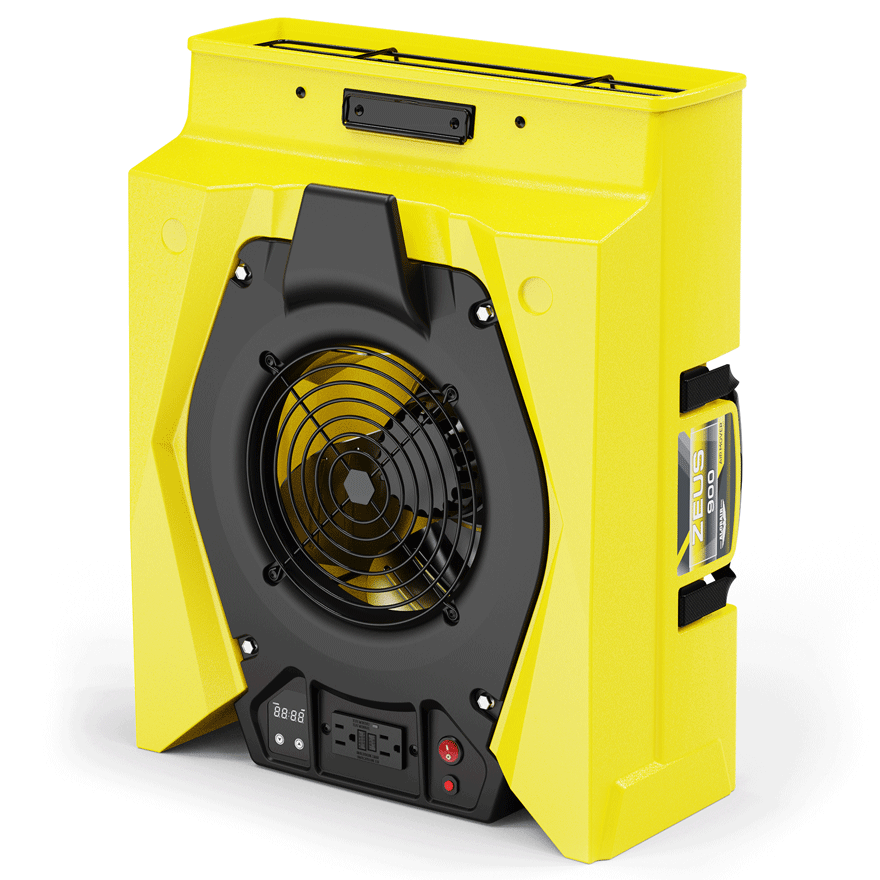


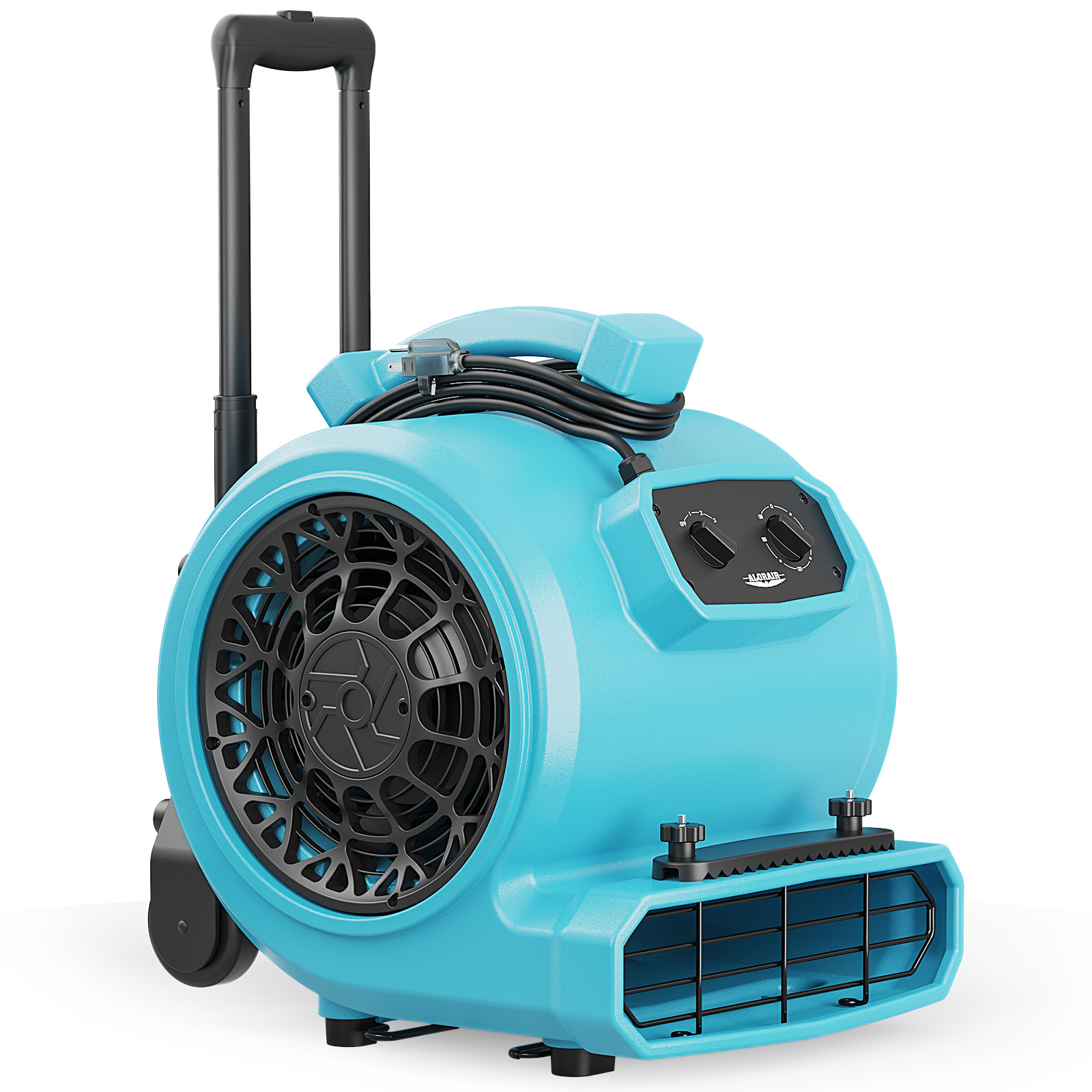
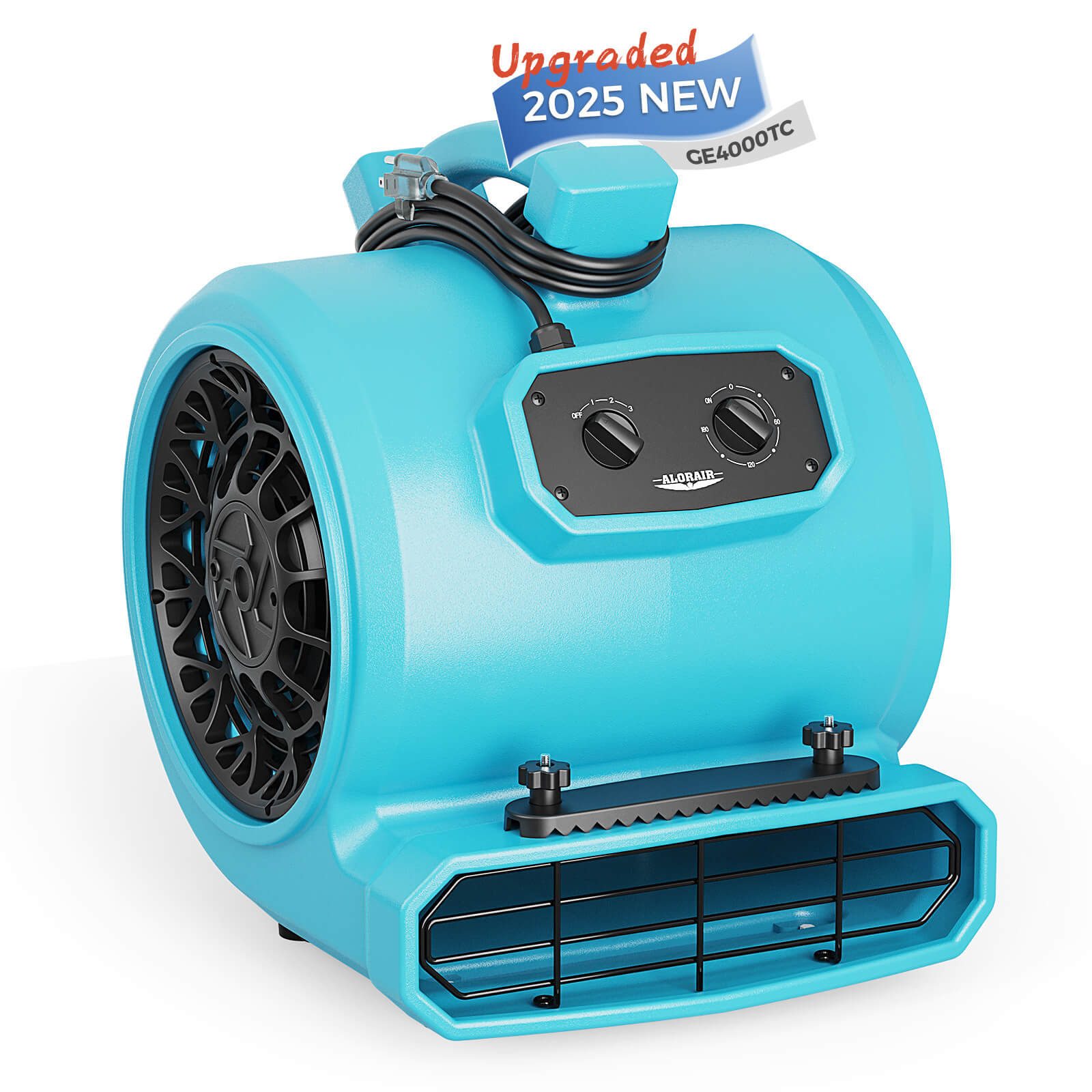
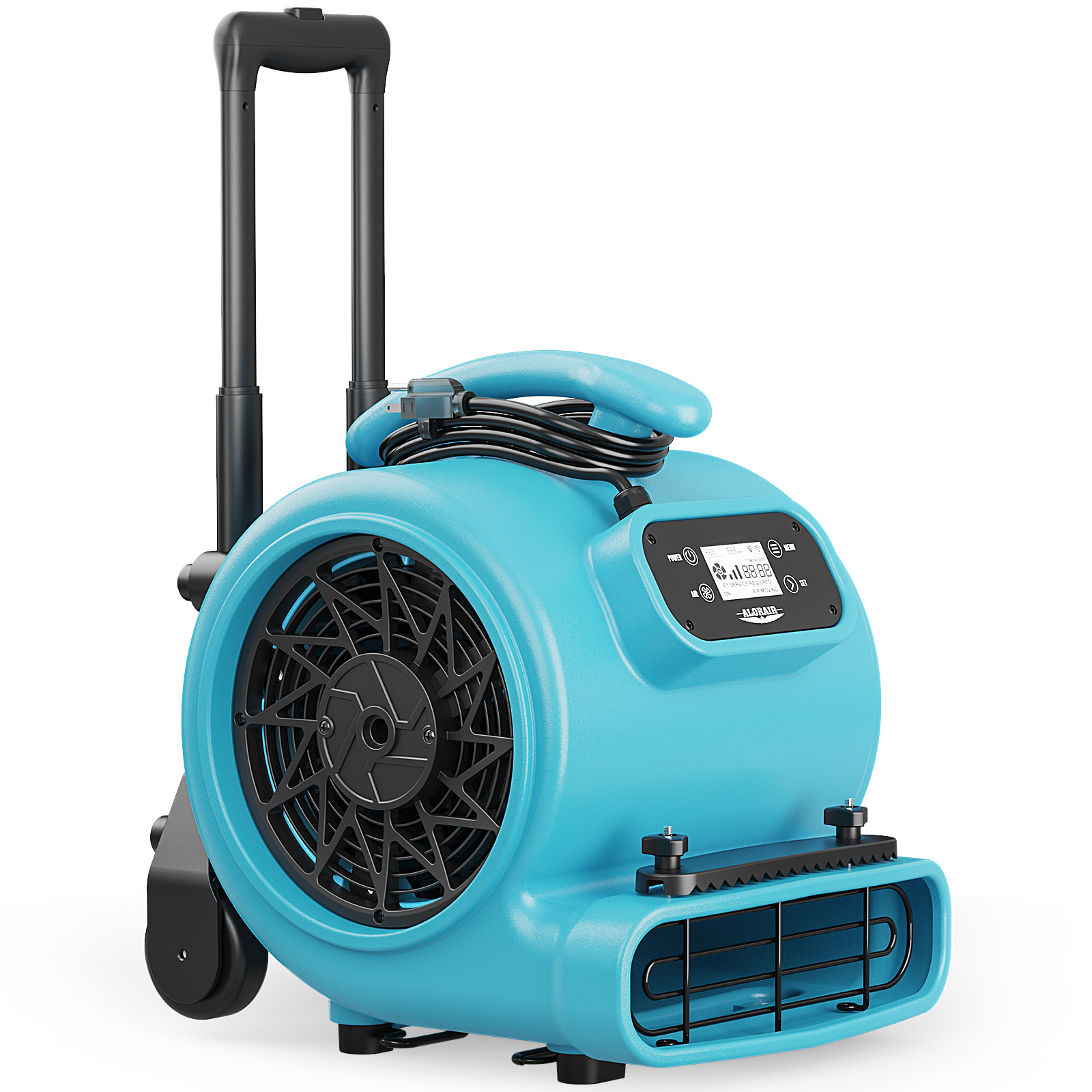

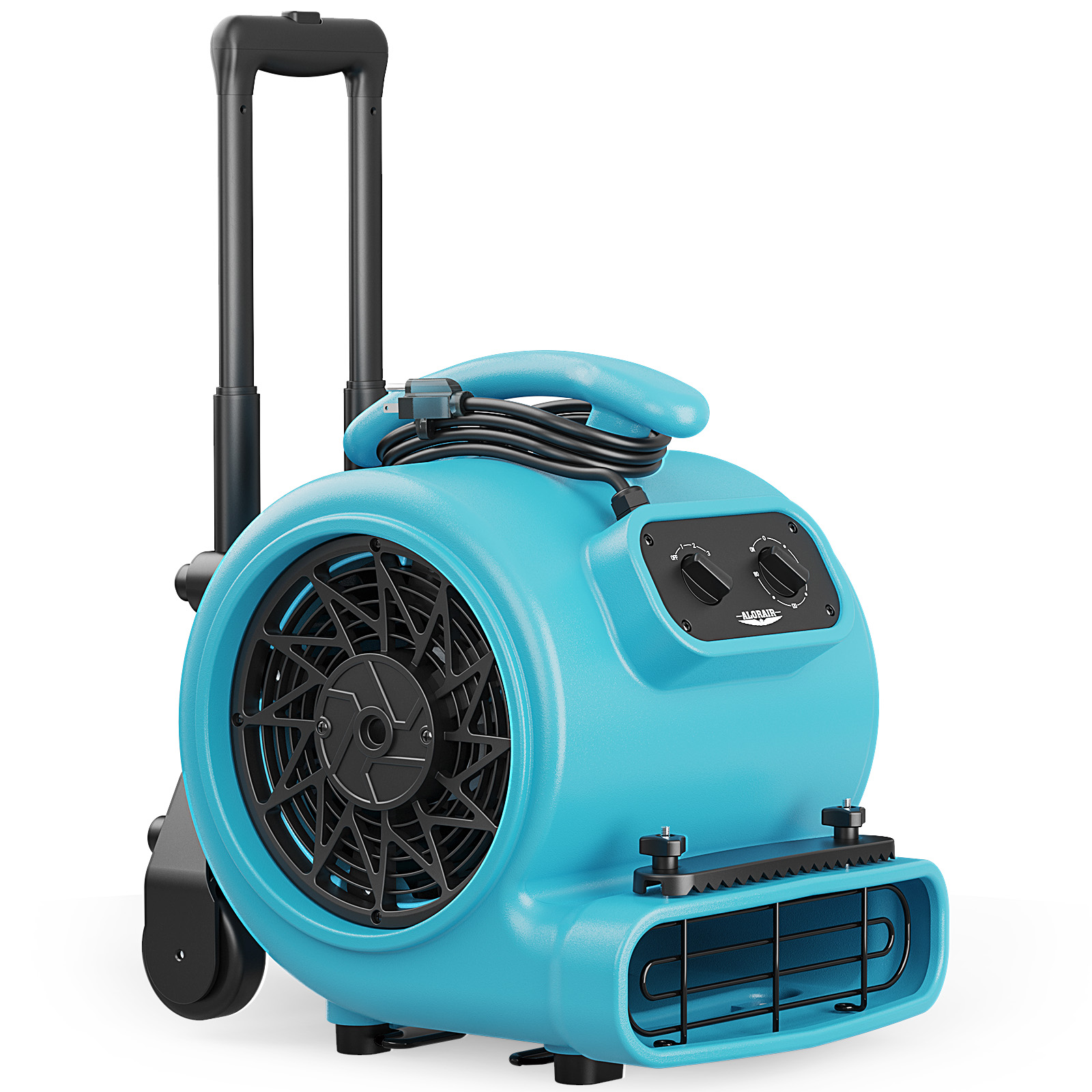

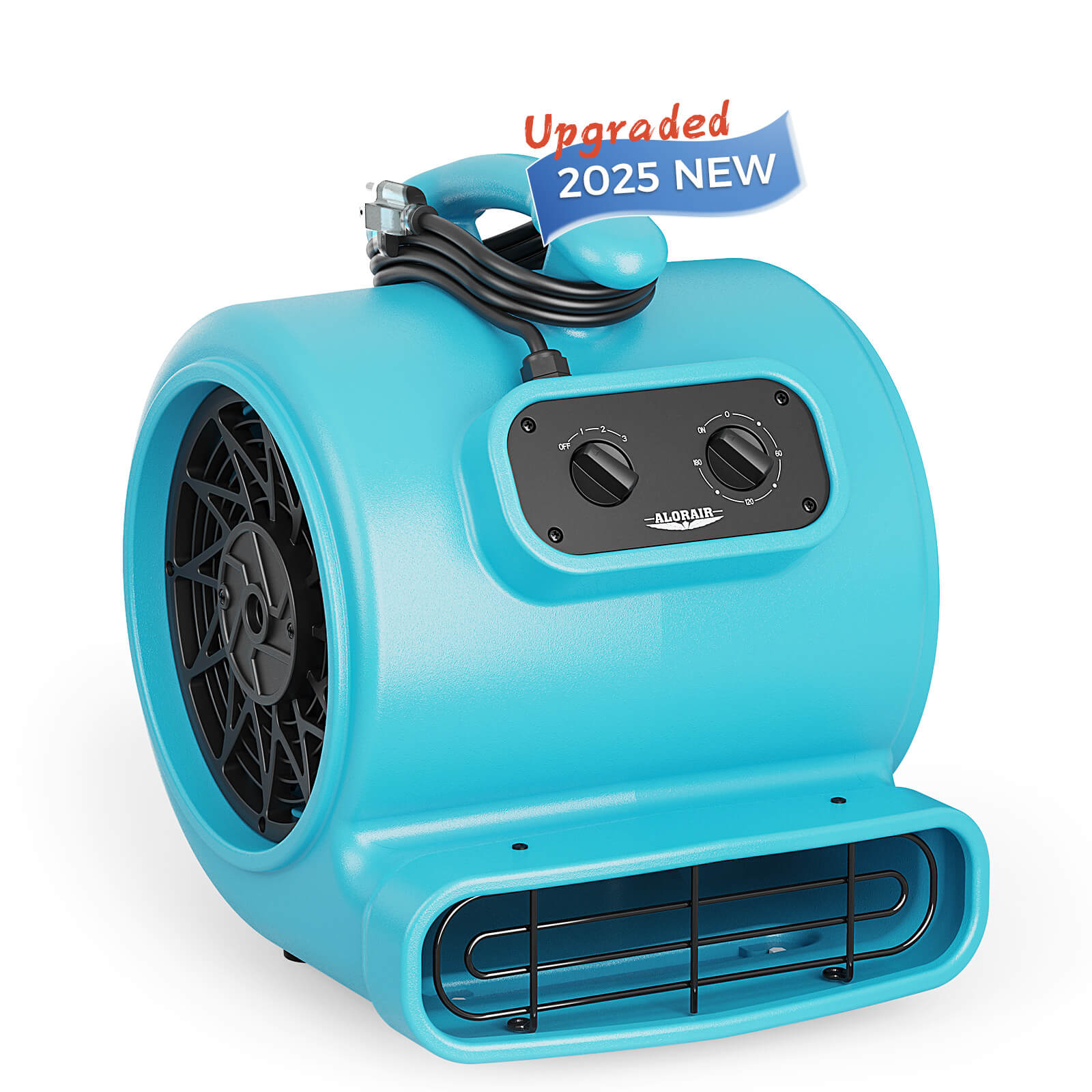
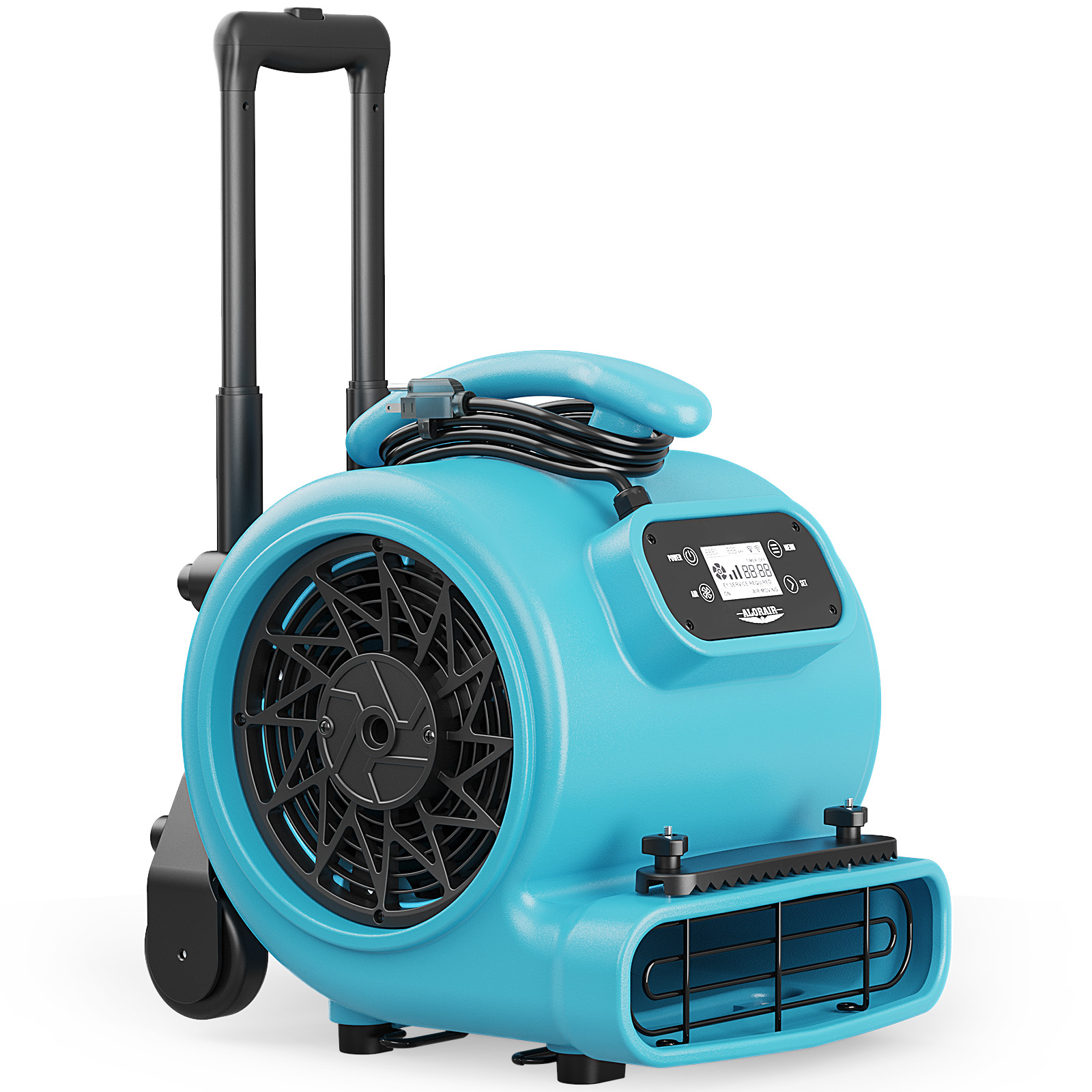
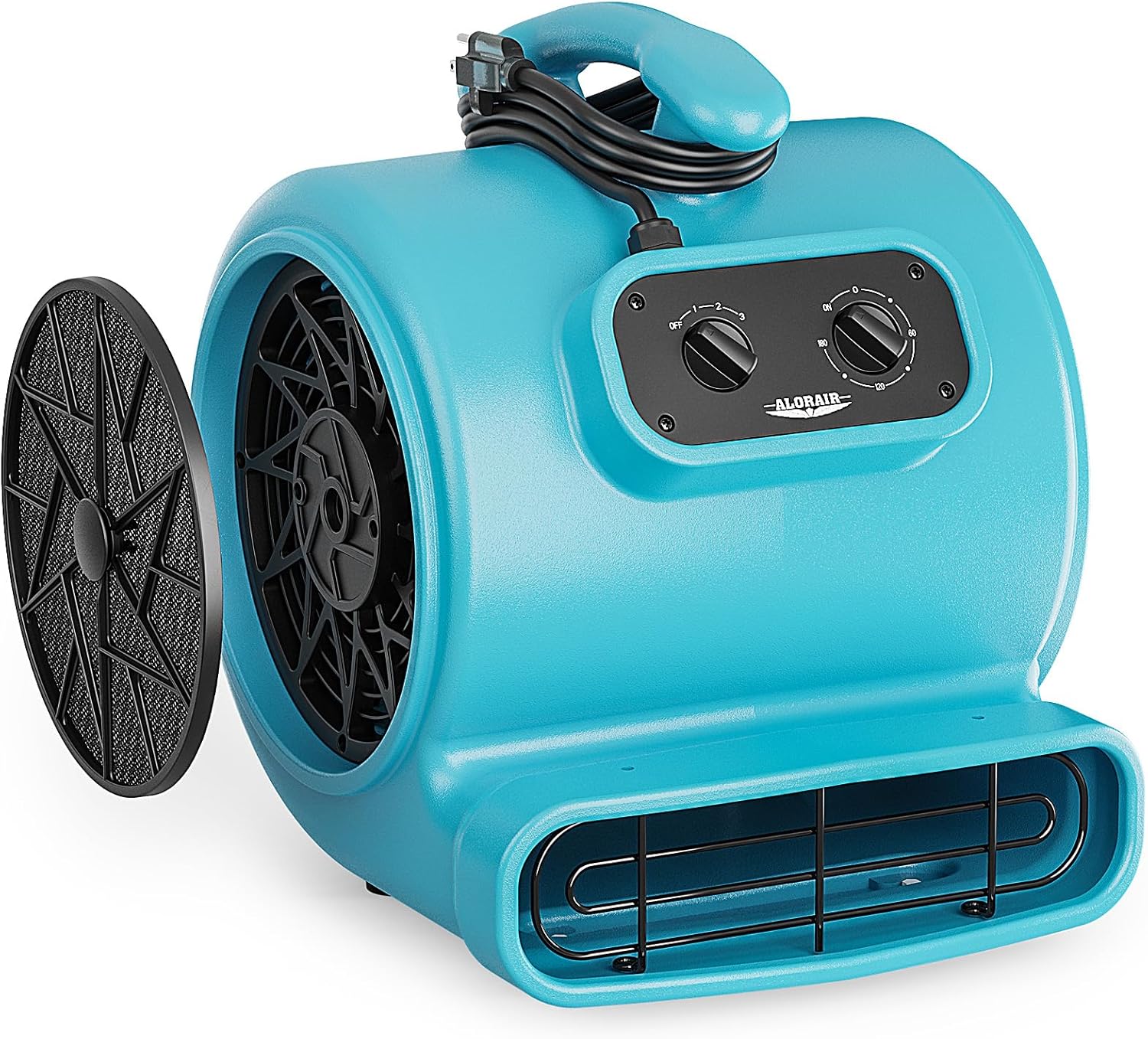

.jpg)
.jpg)
.jpg)


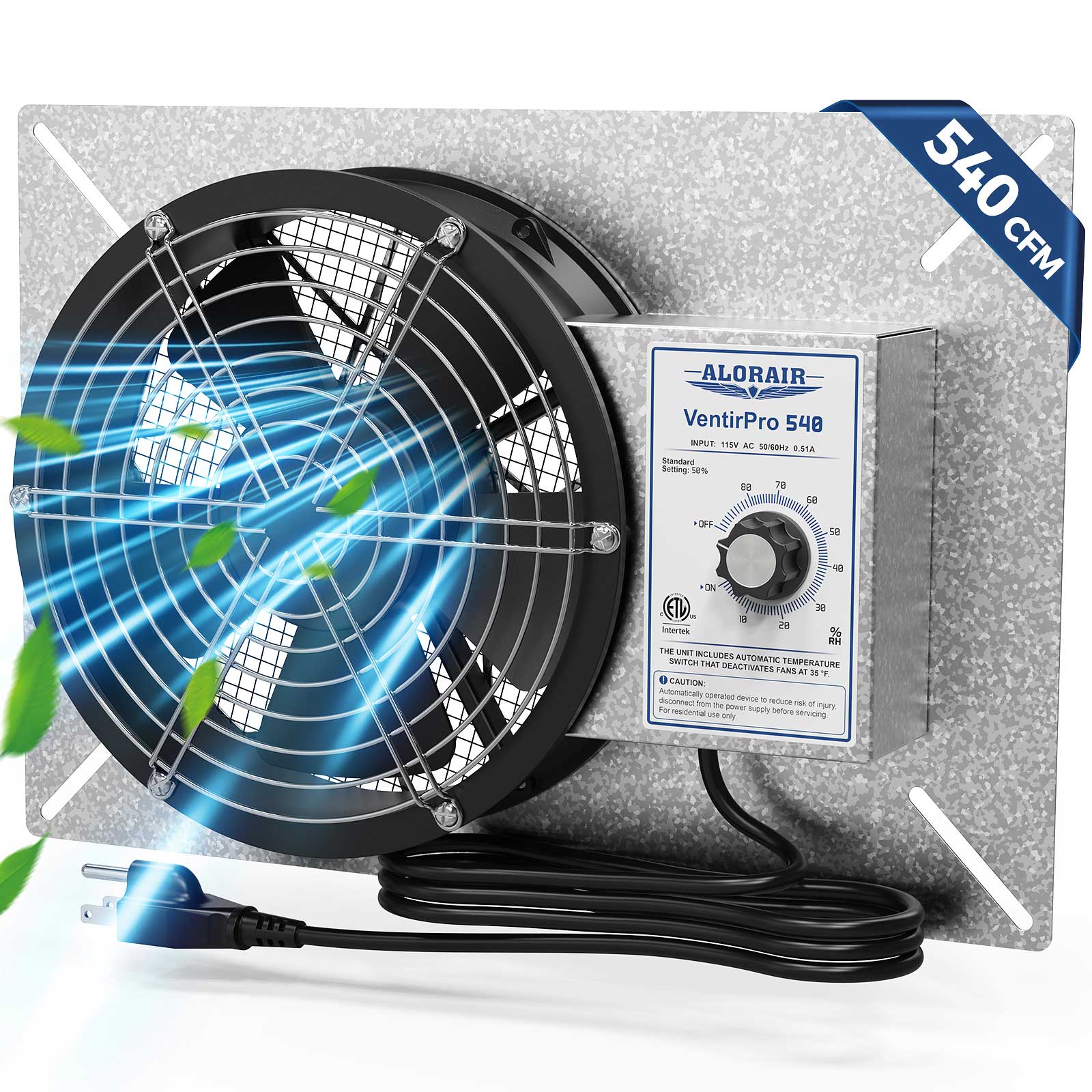


.jpg)
.jpg)


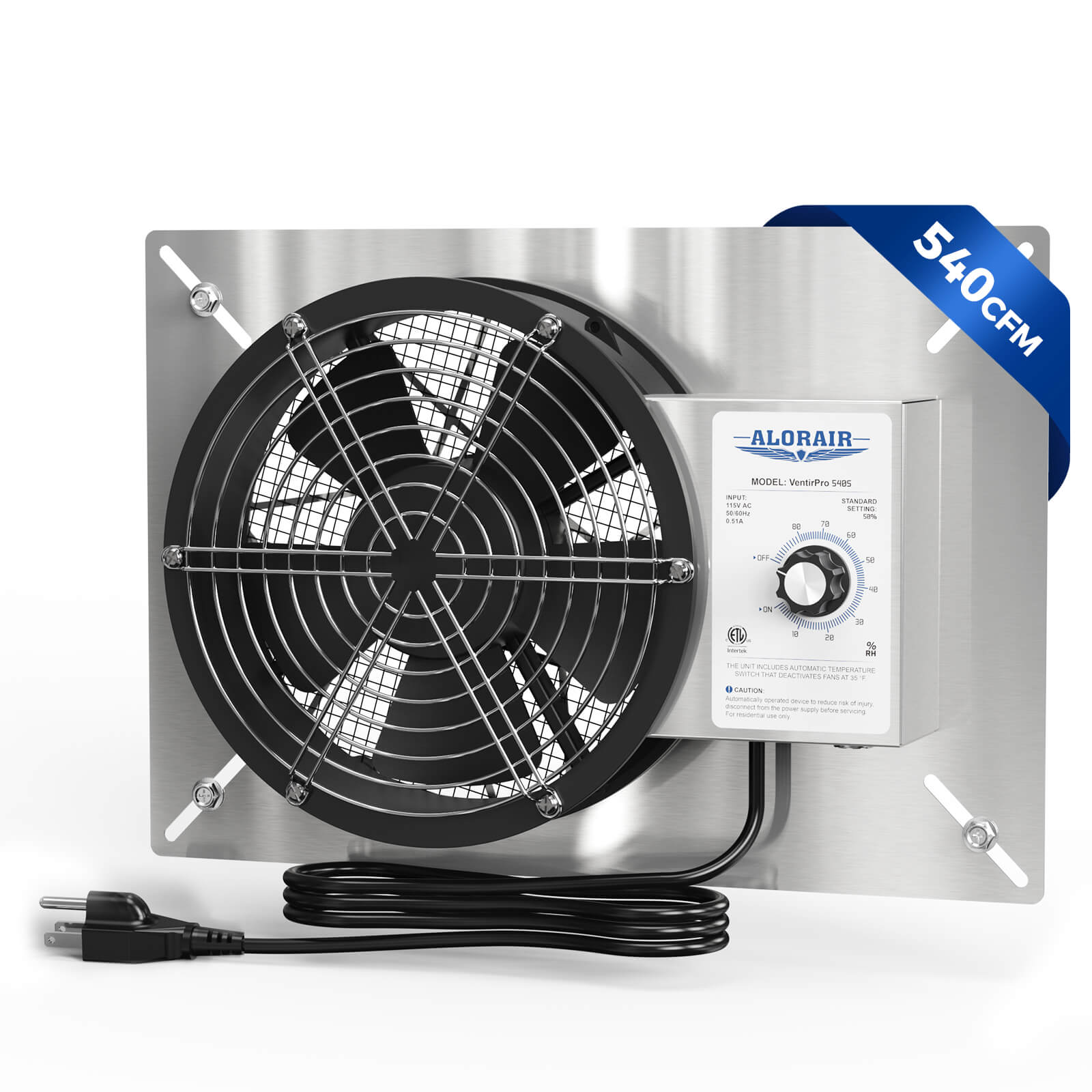

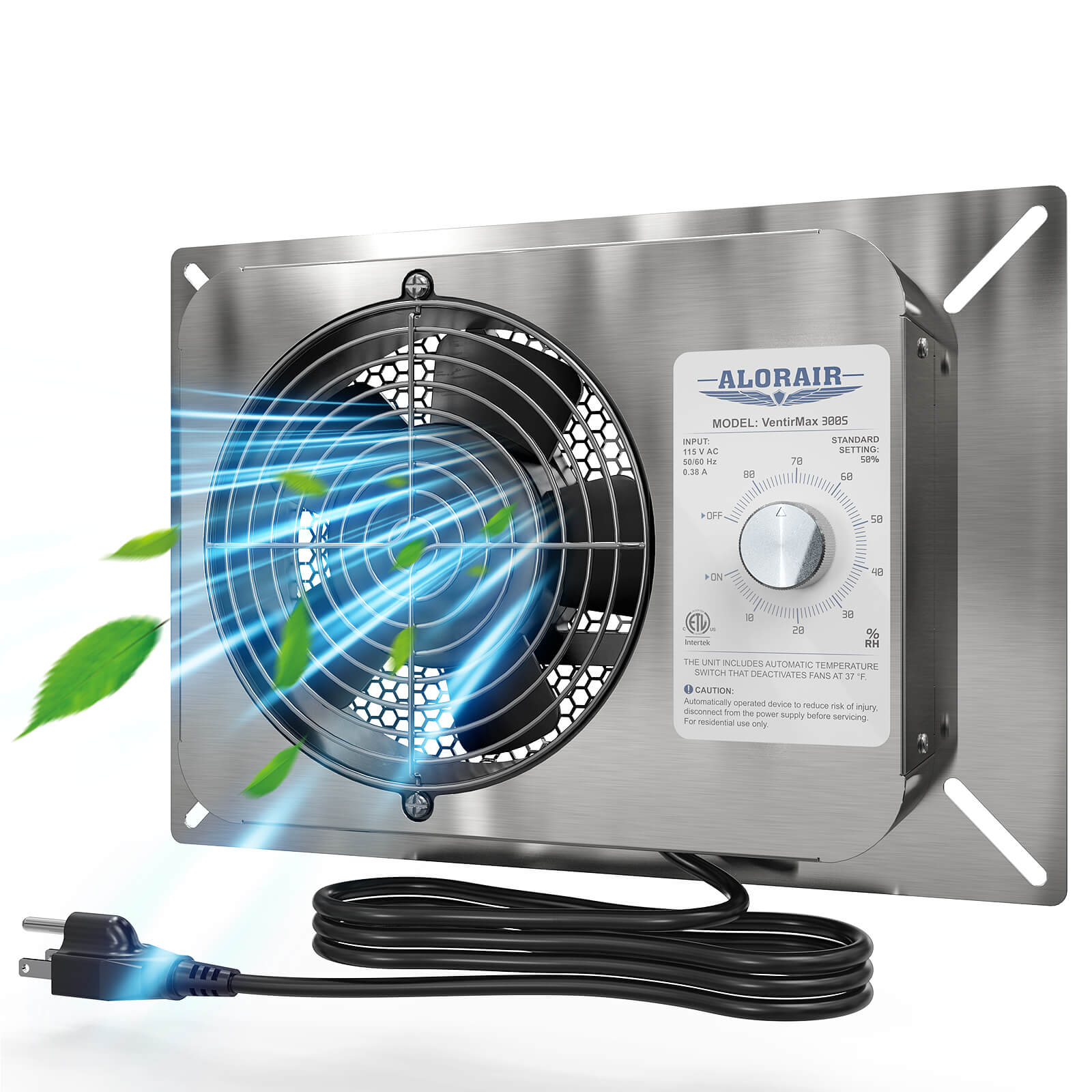


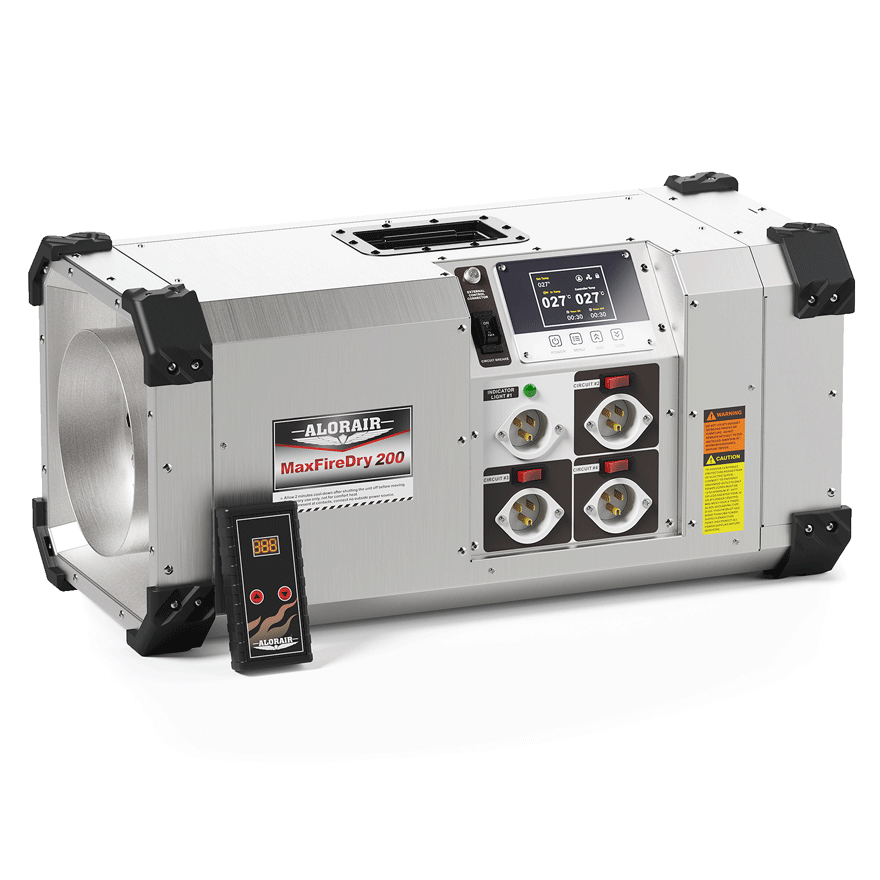






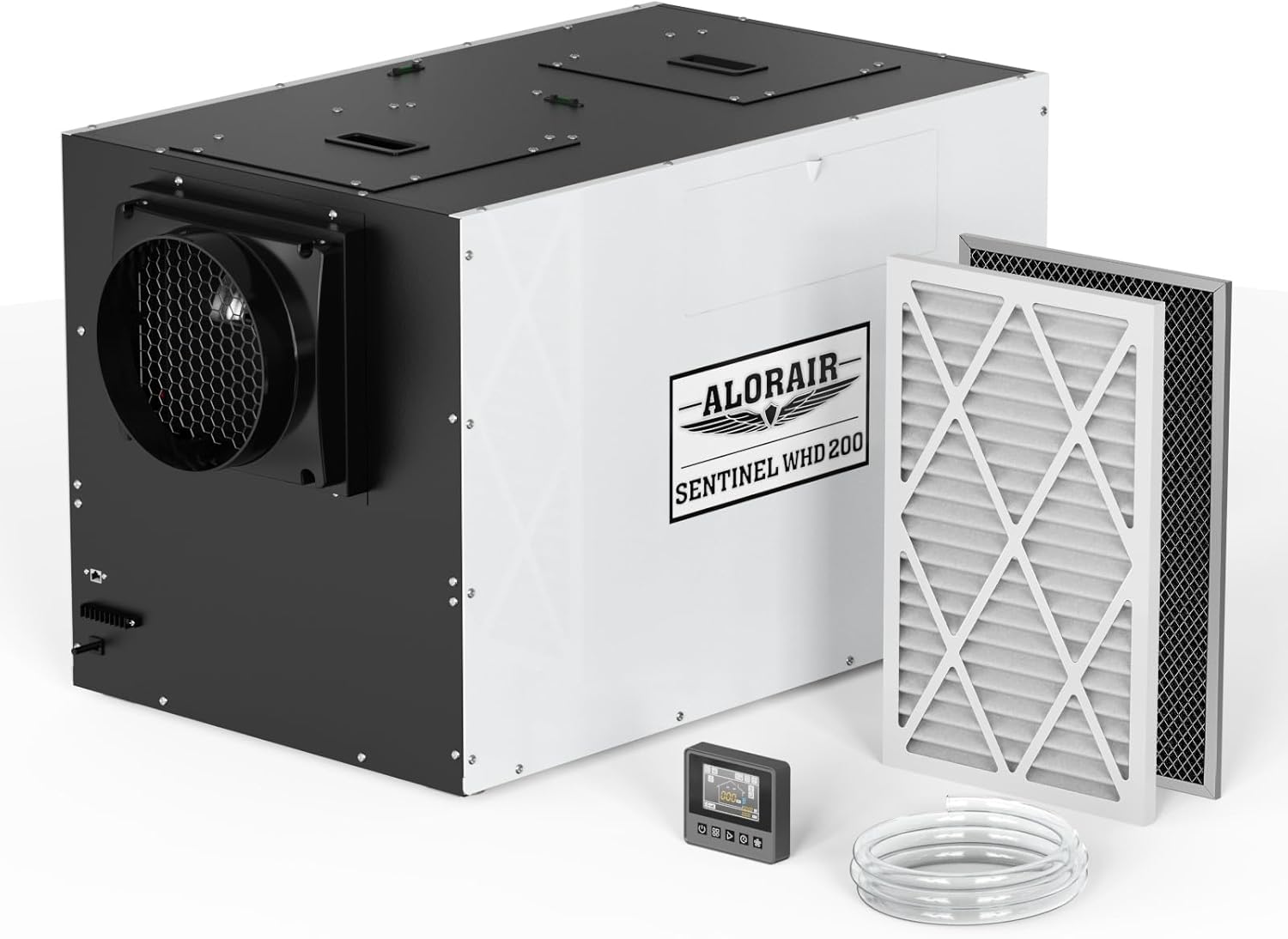
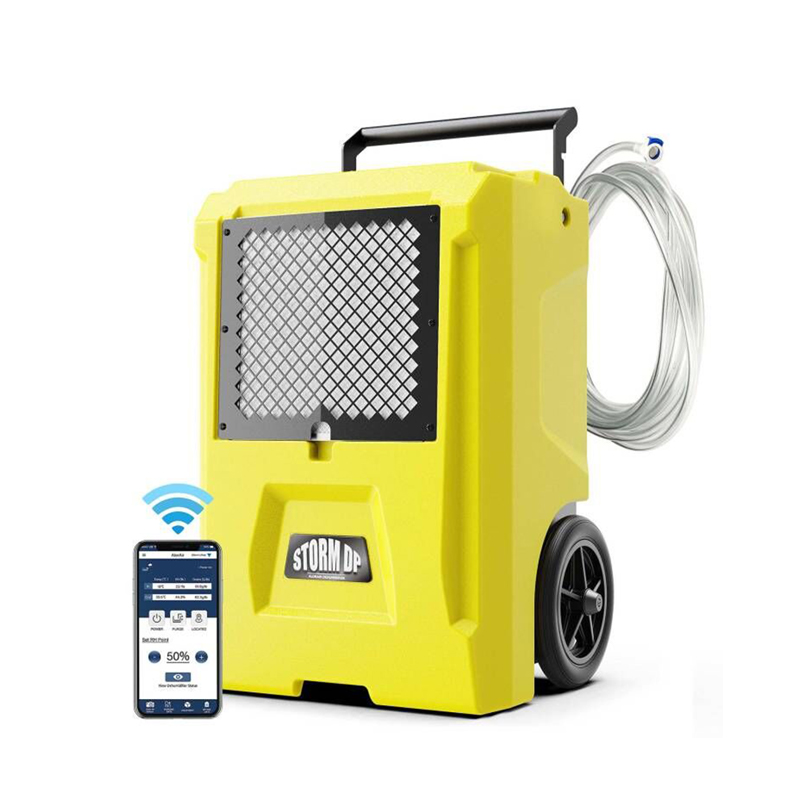
-.jpg)
.jpg)

.jpg)
.jpg)


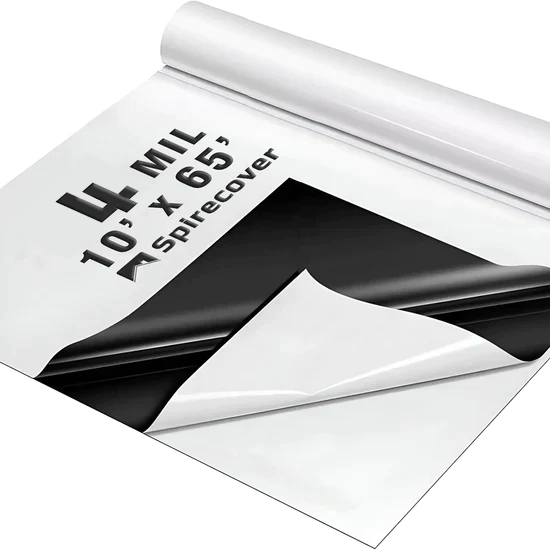
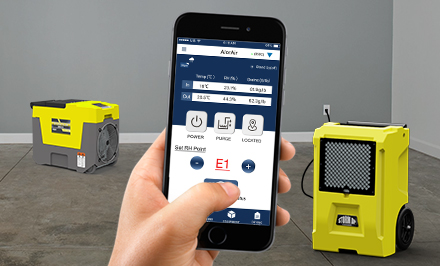

















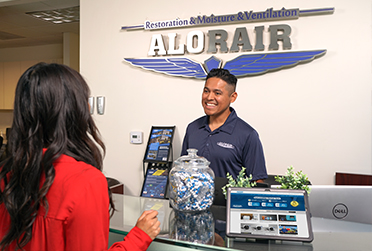





 Exclusive offers
promotions
Exclusive offers
promotions

